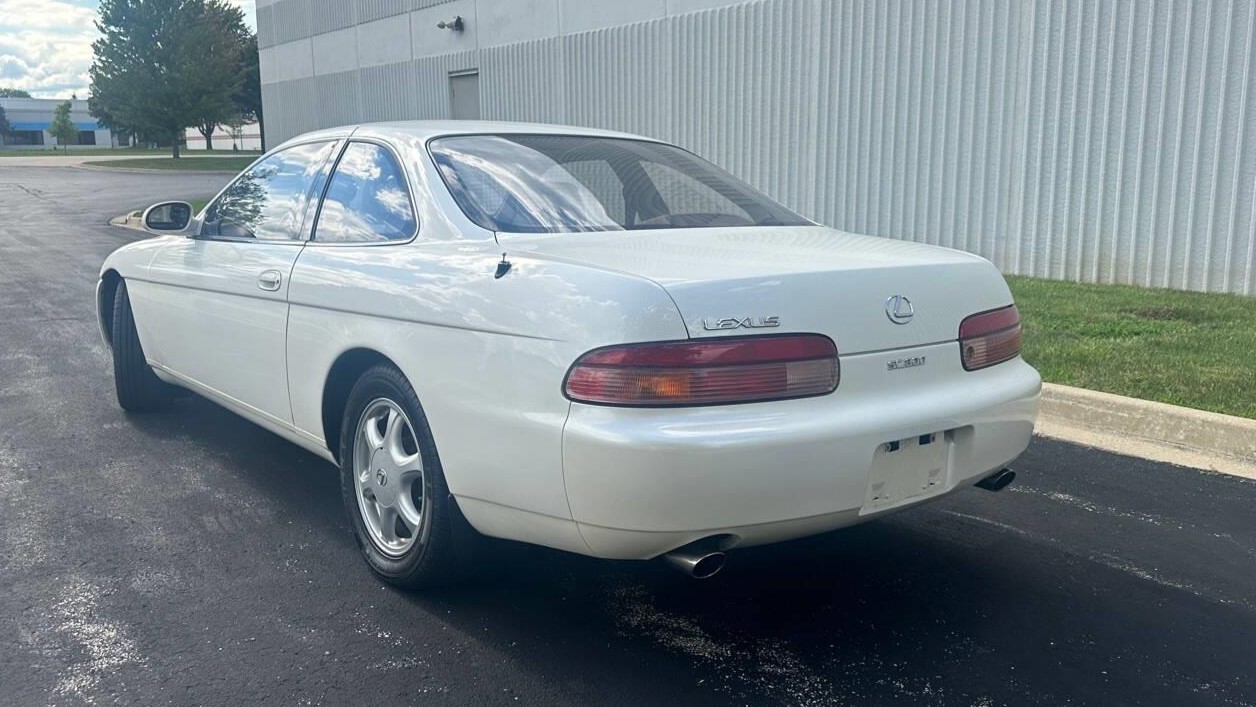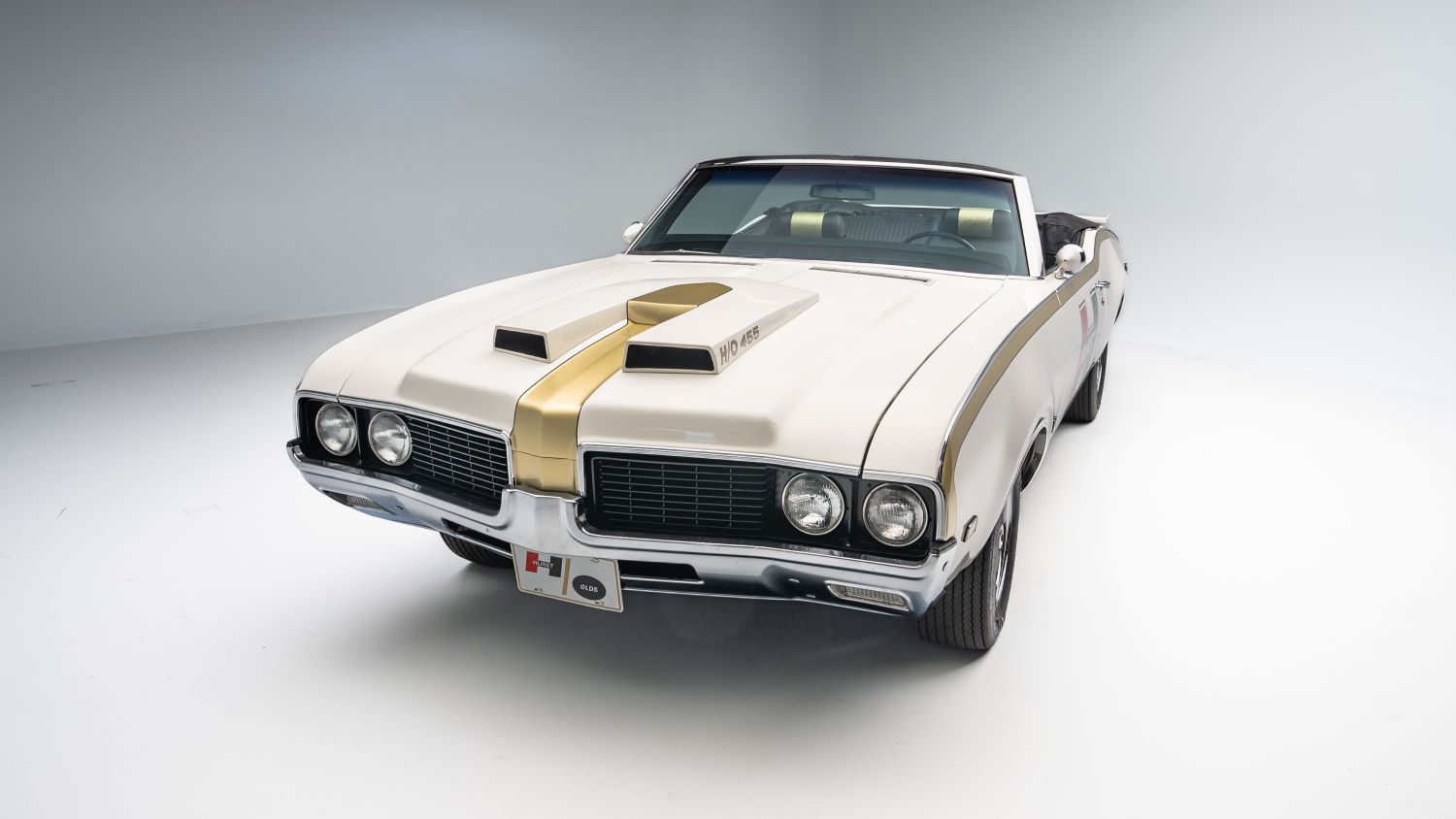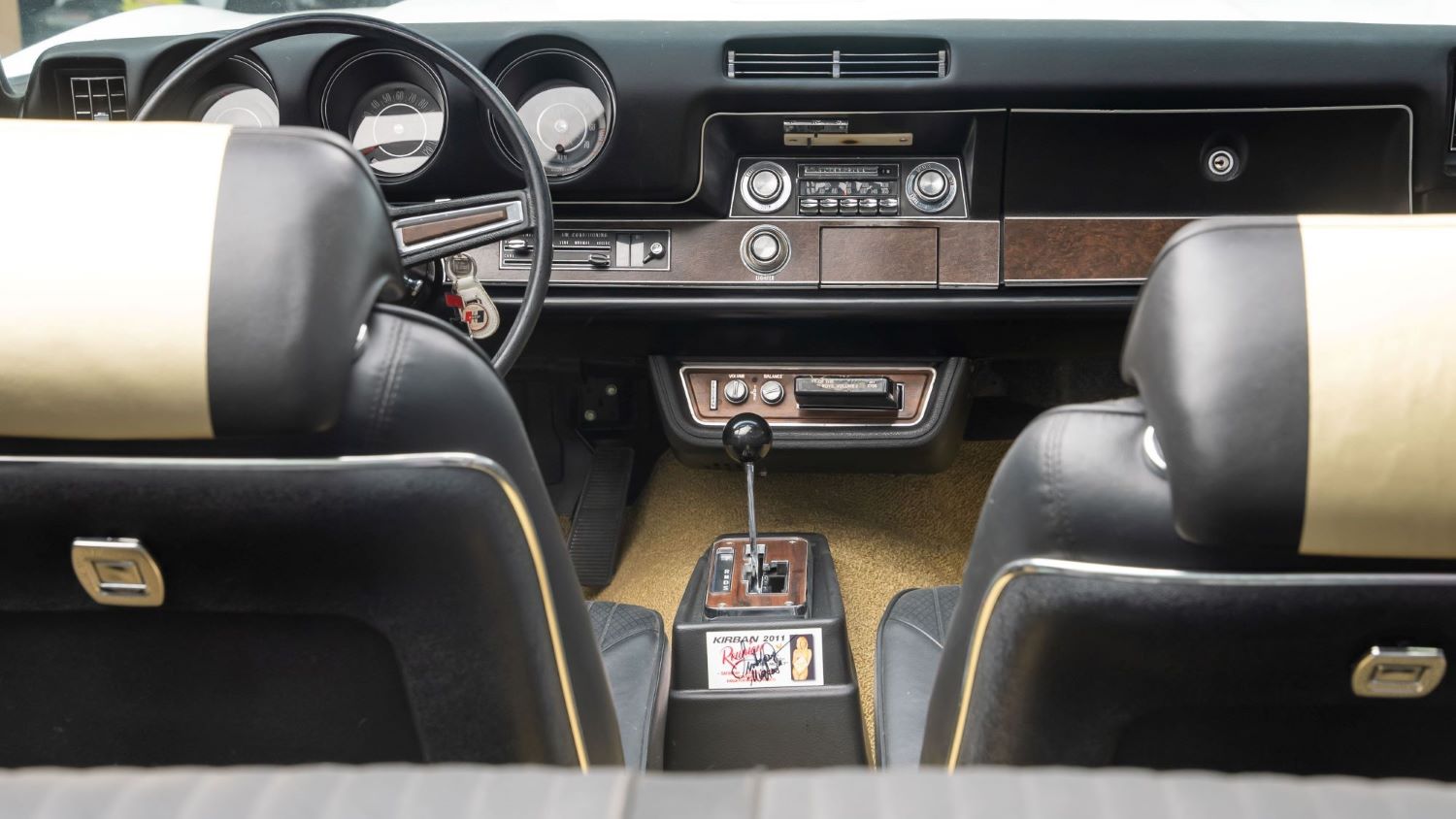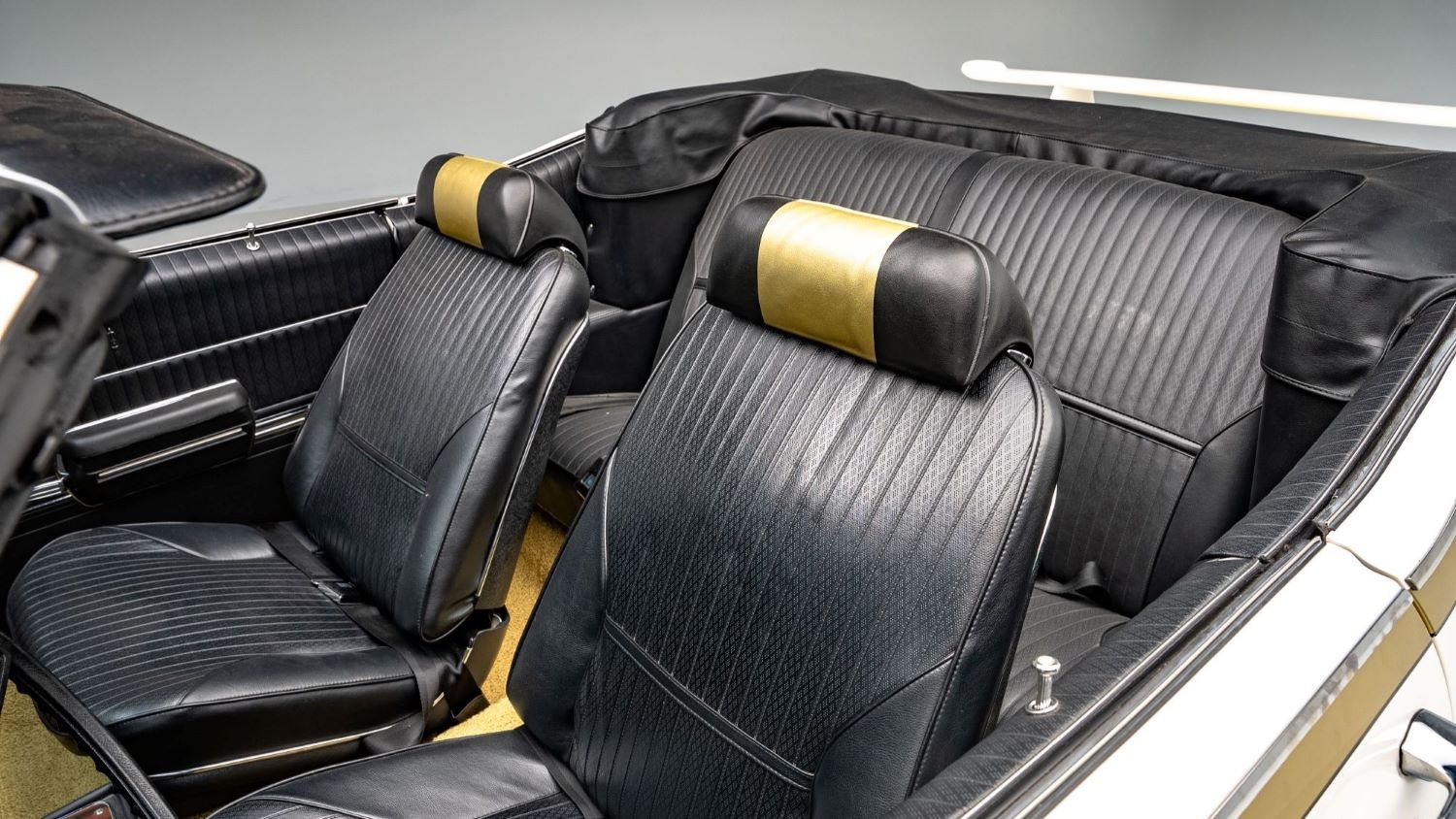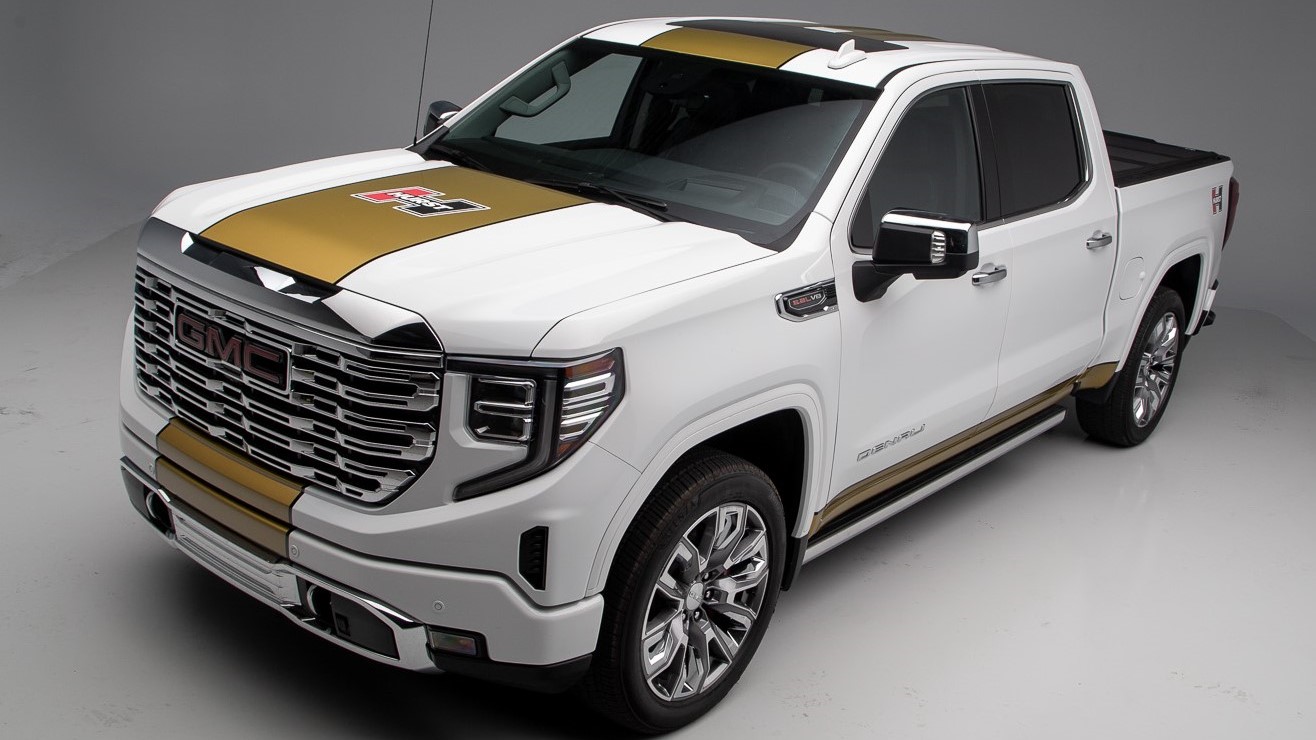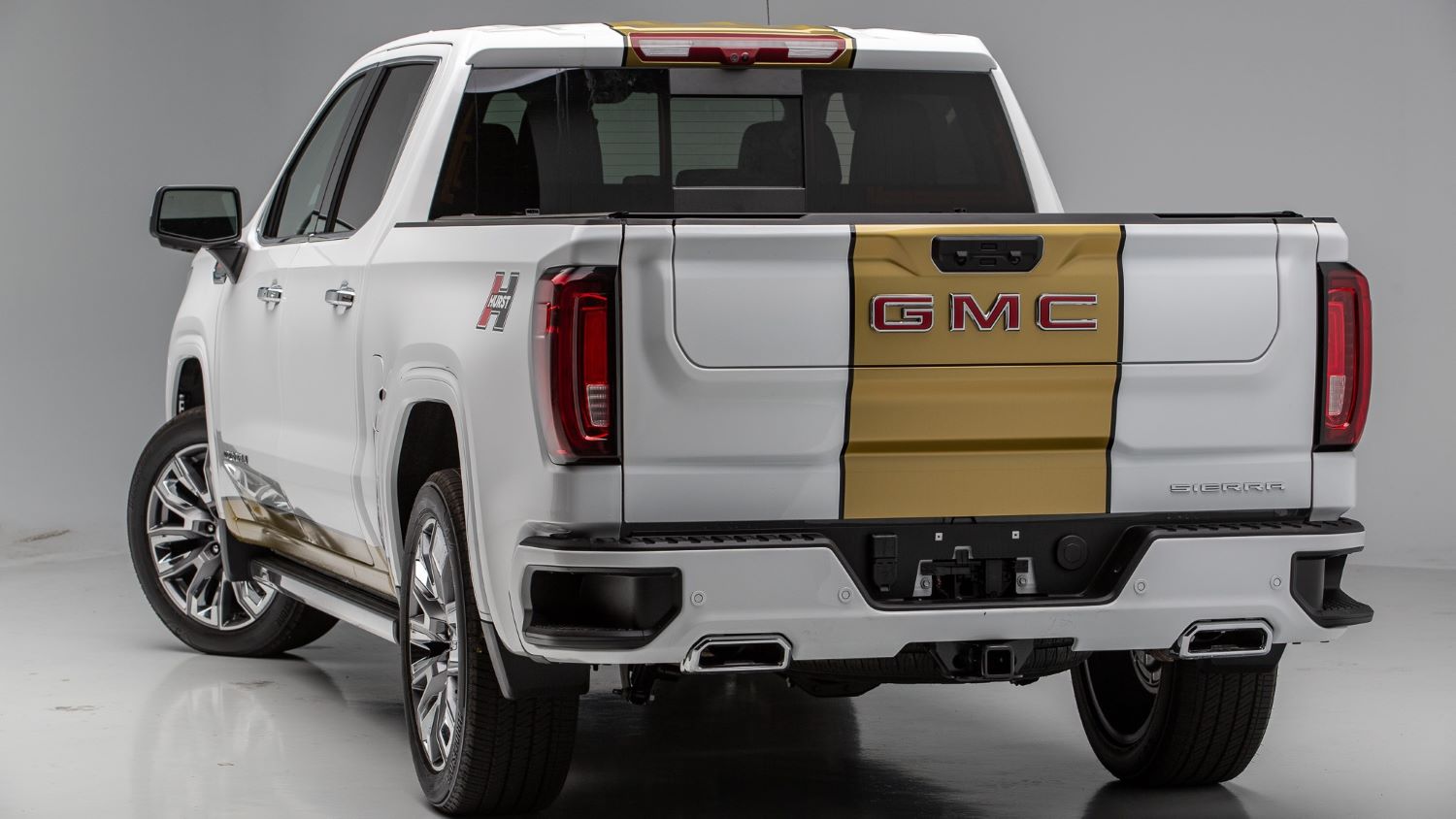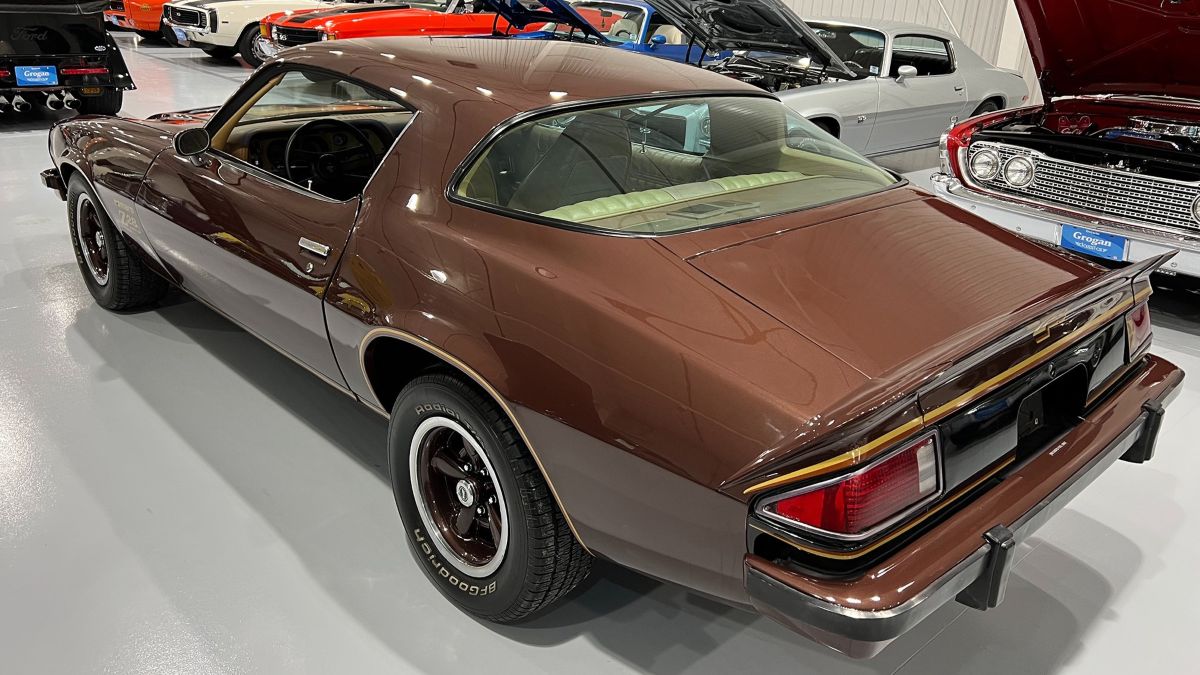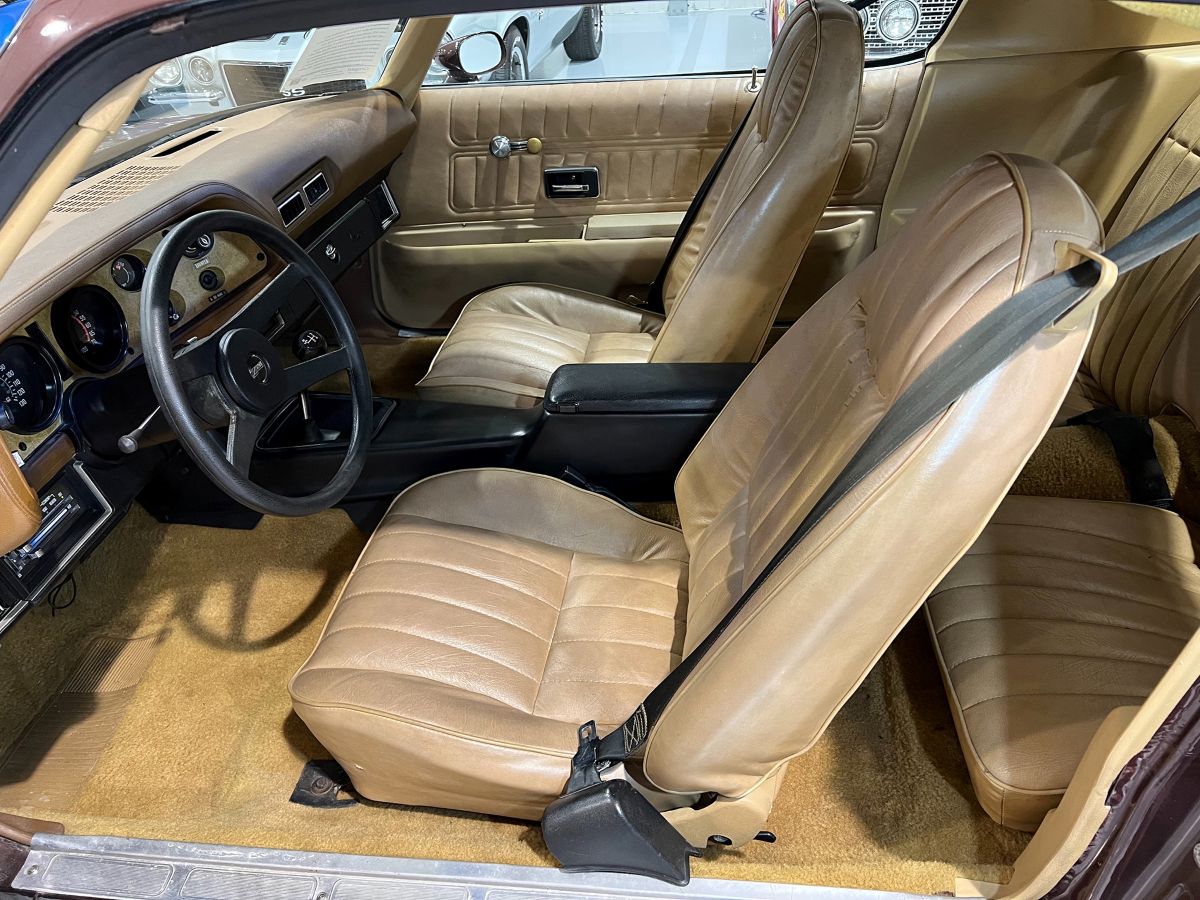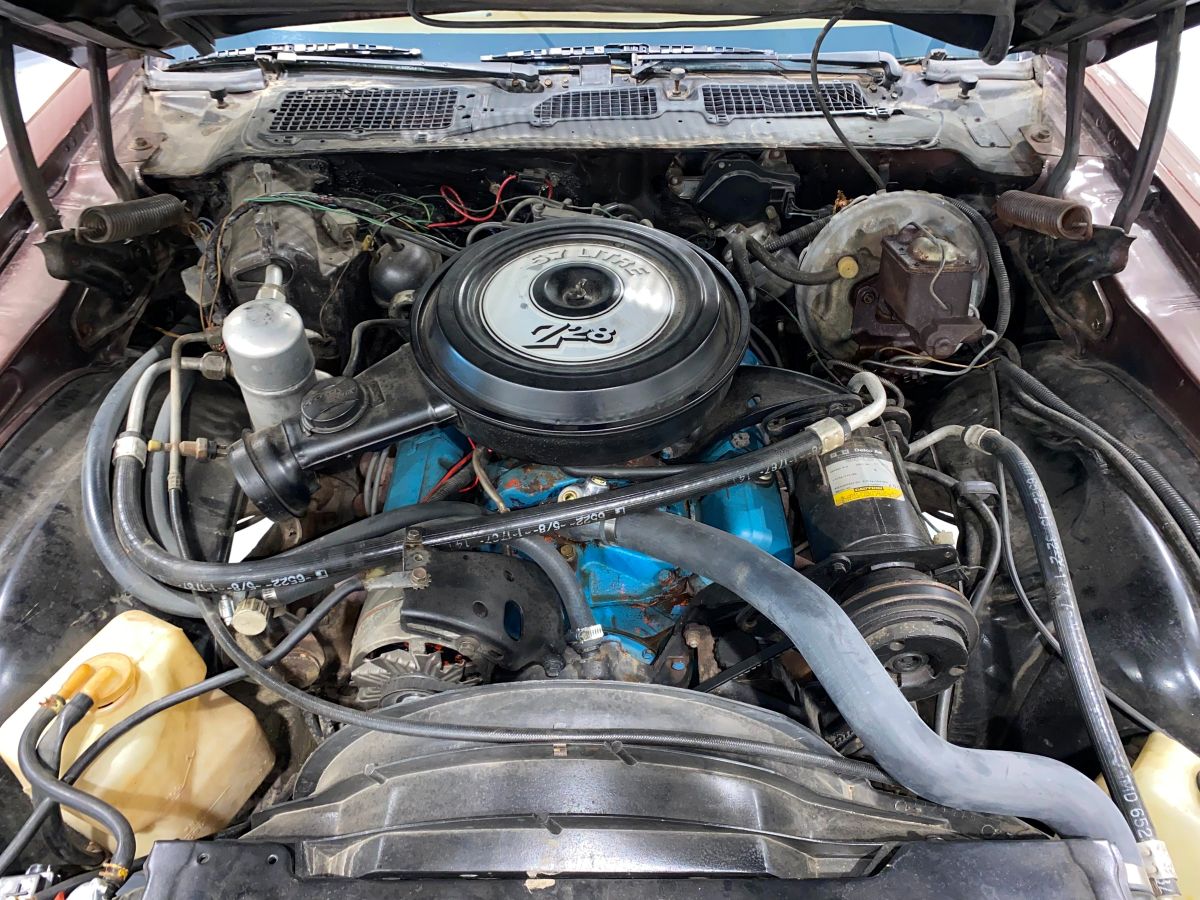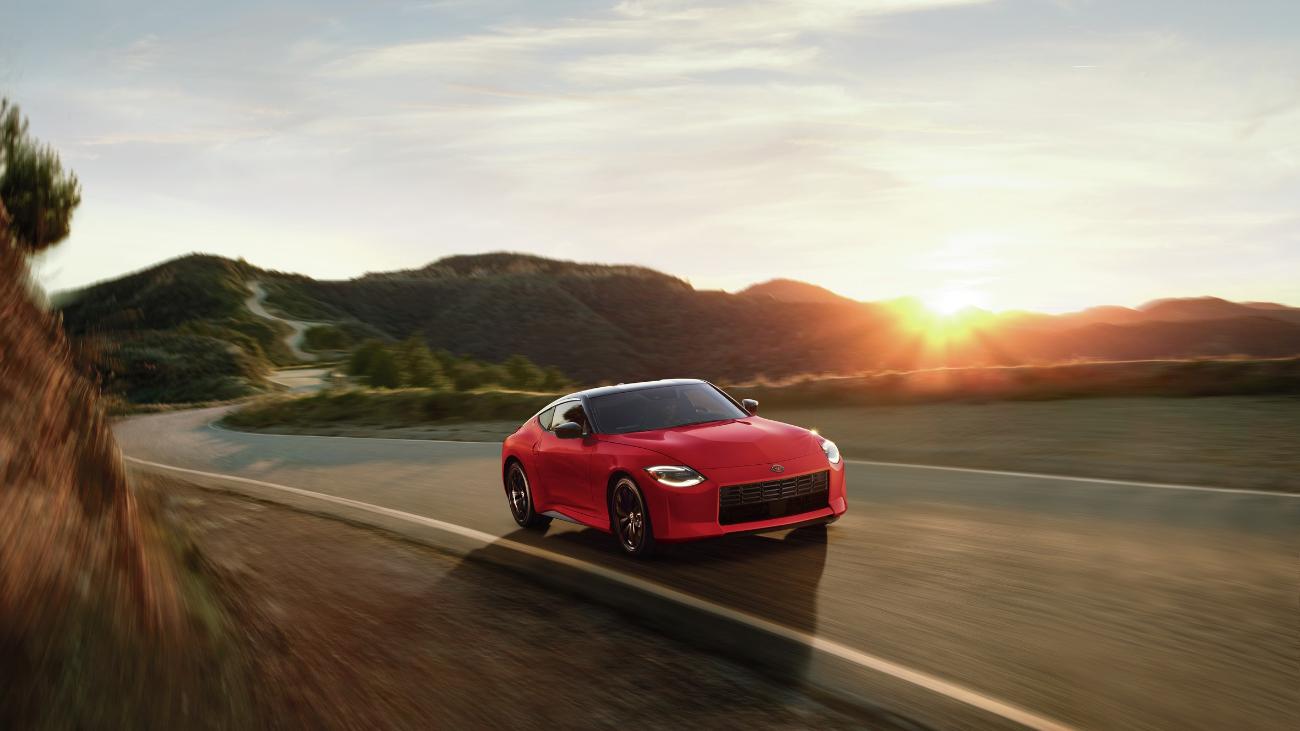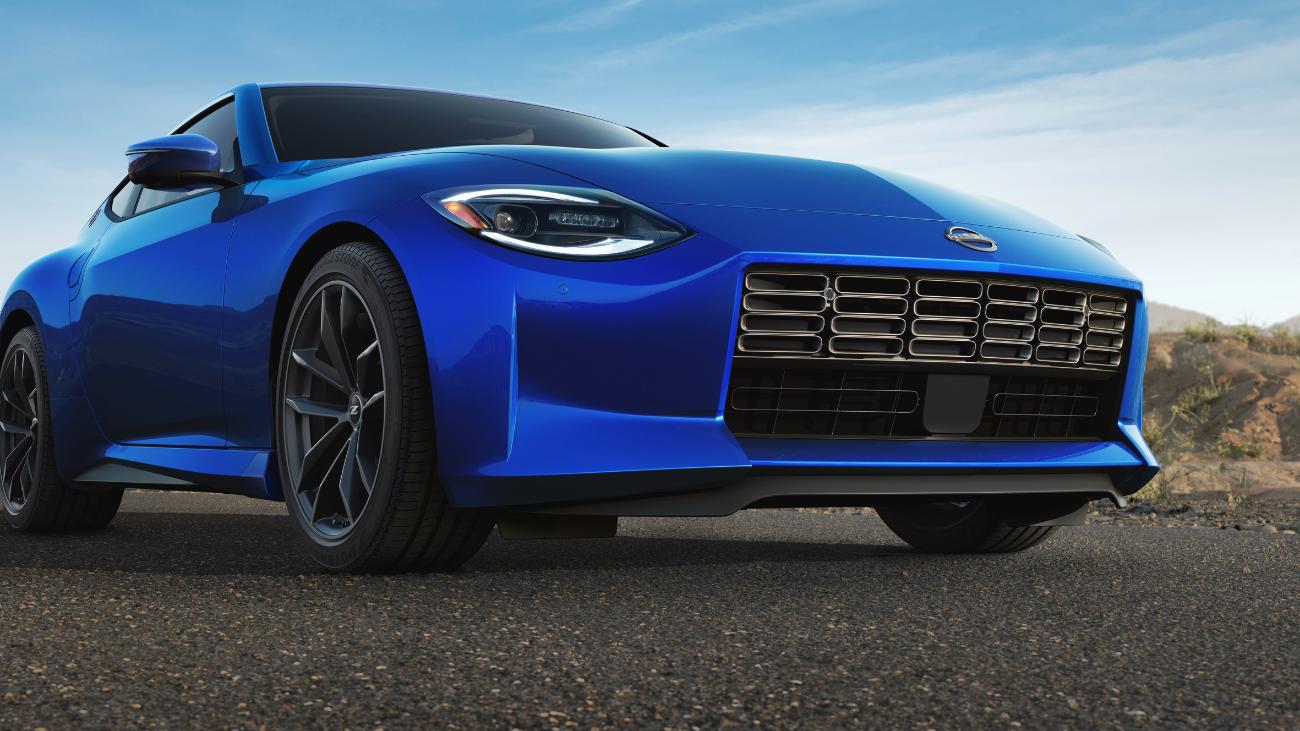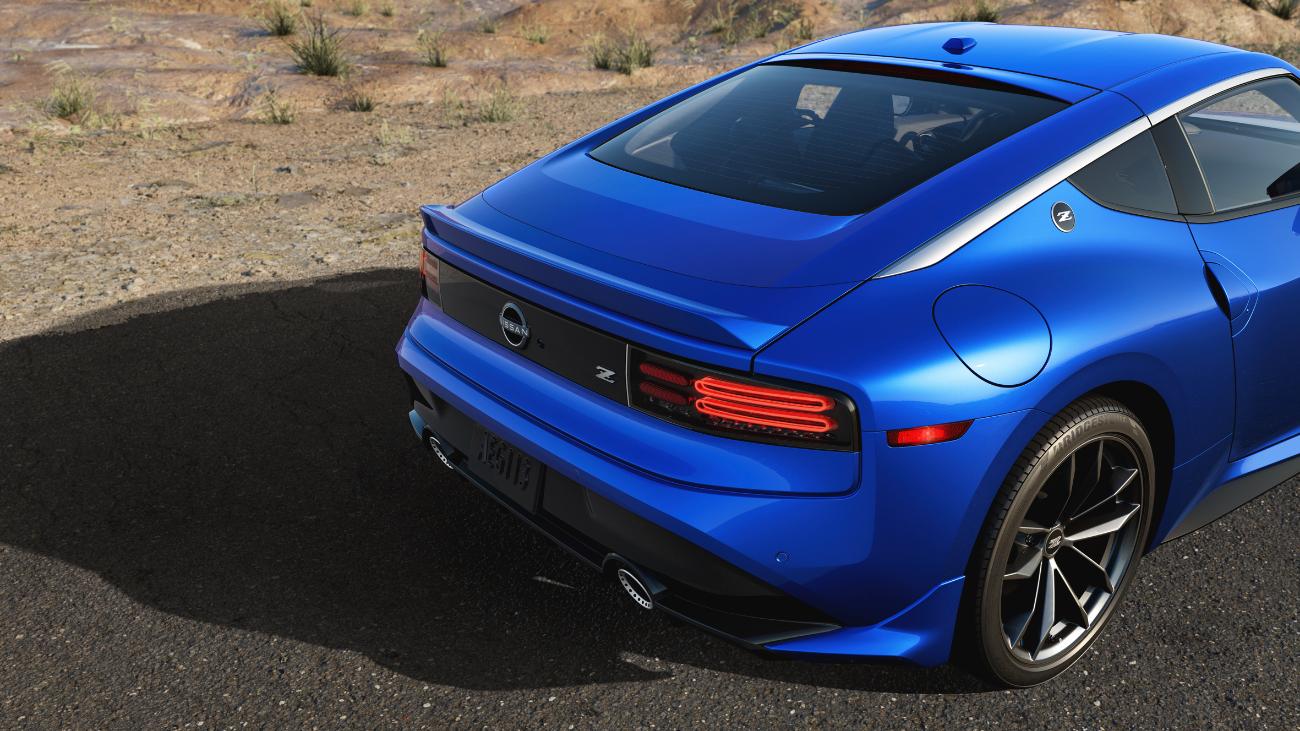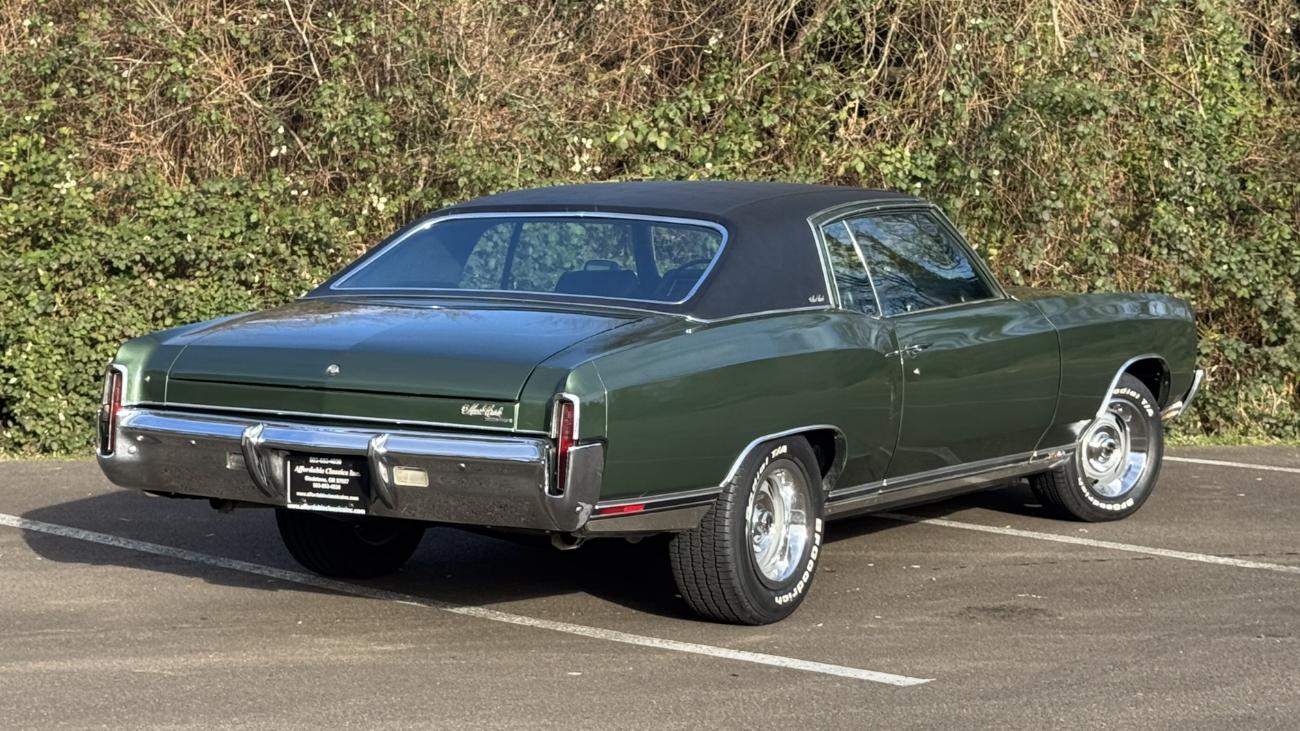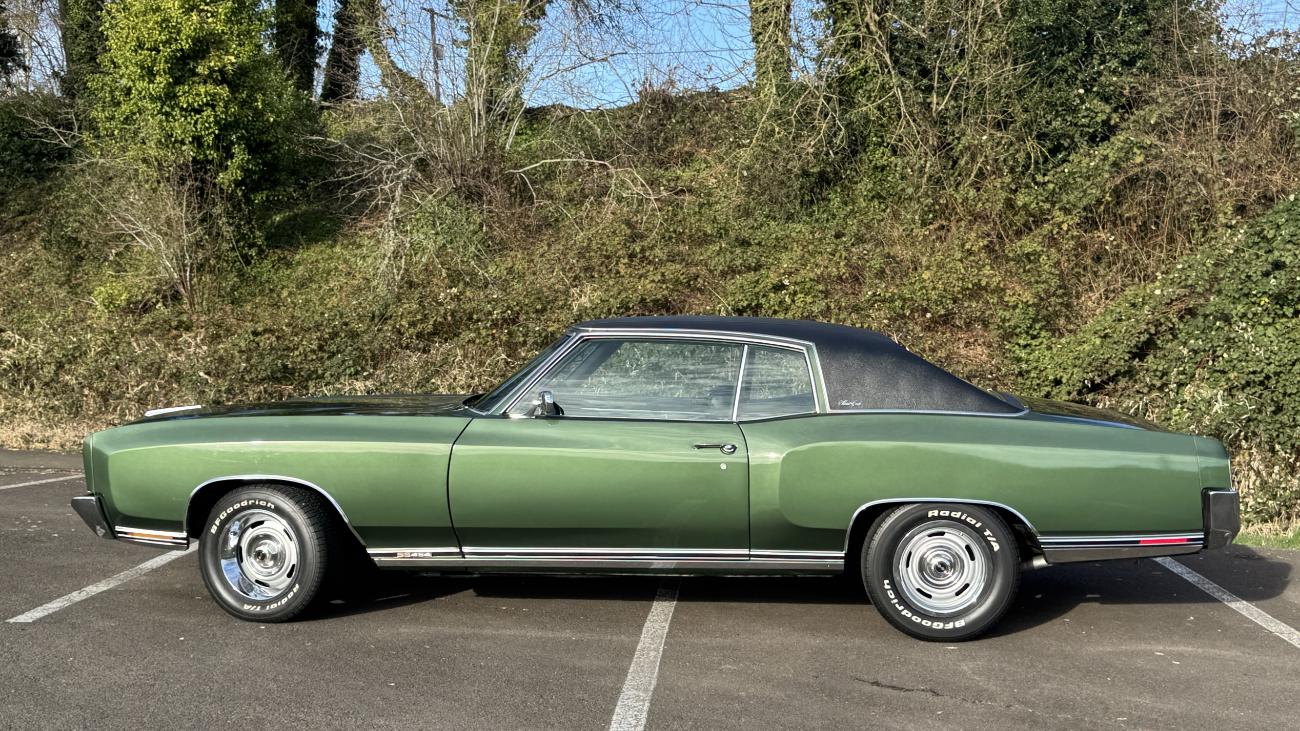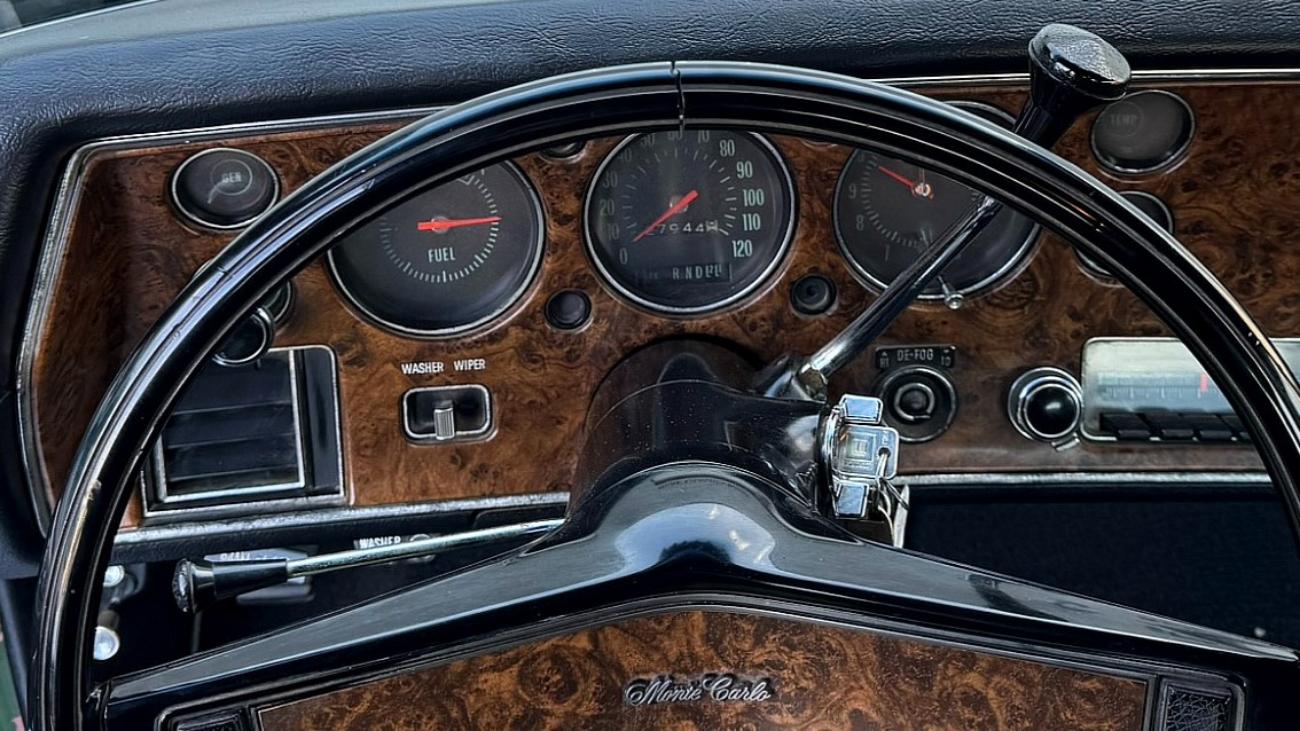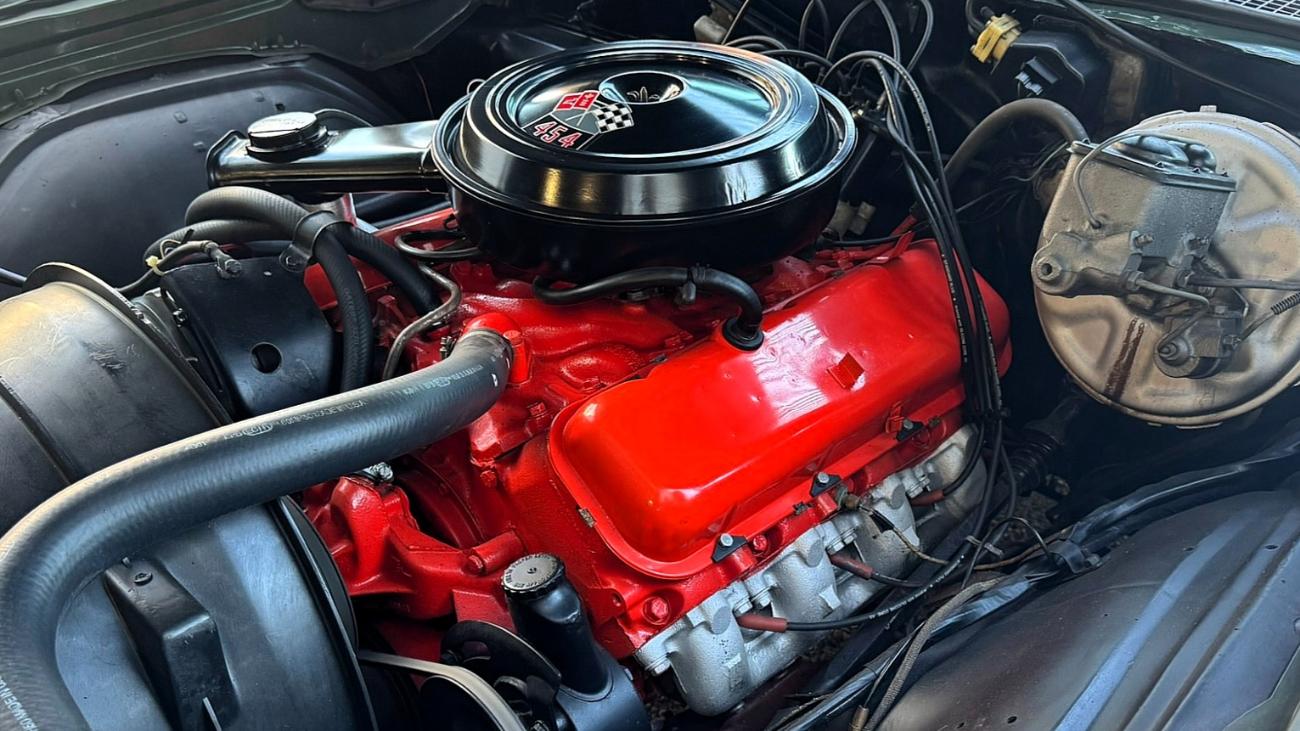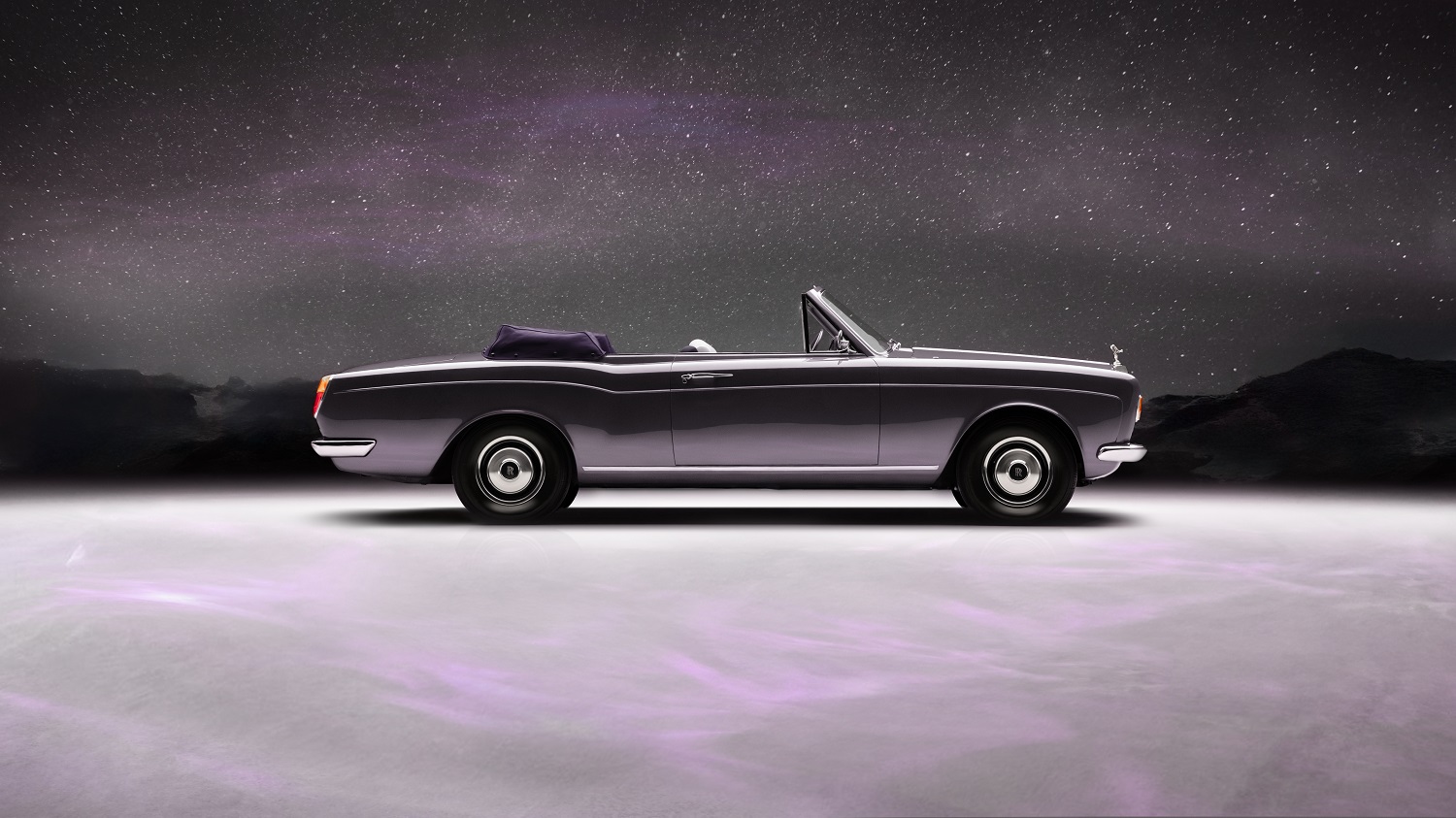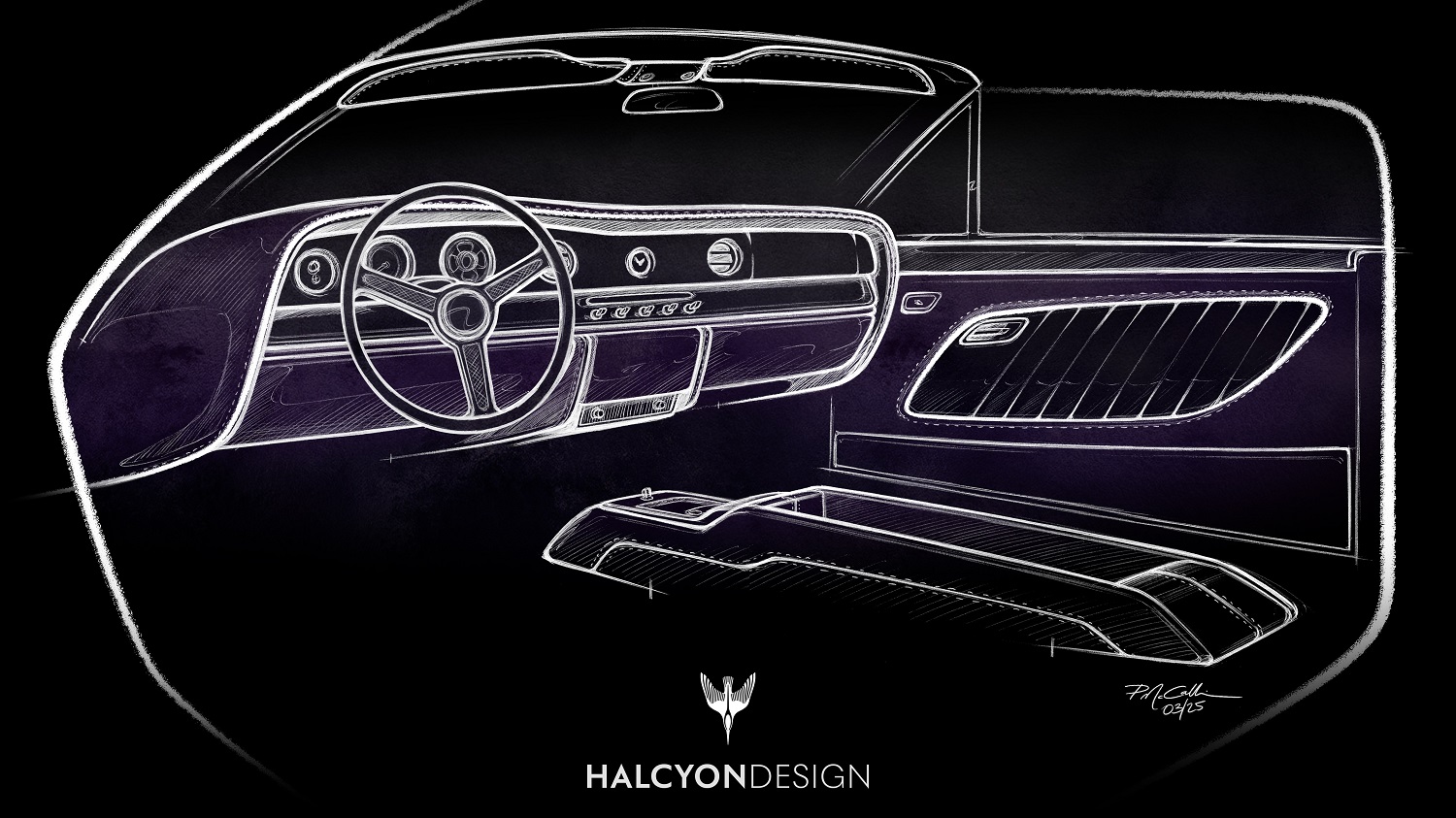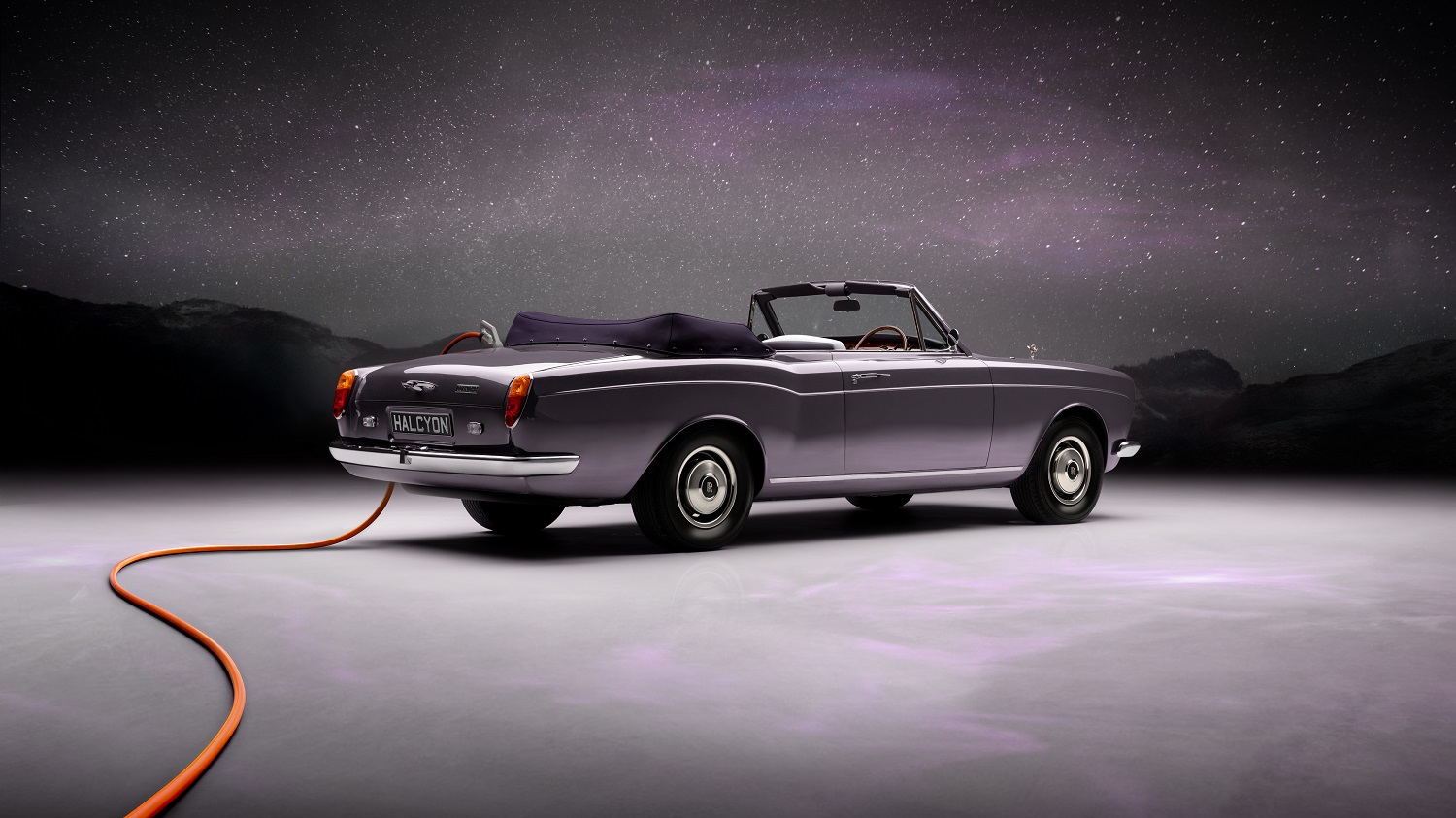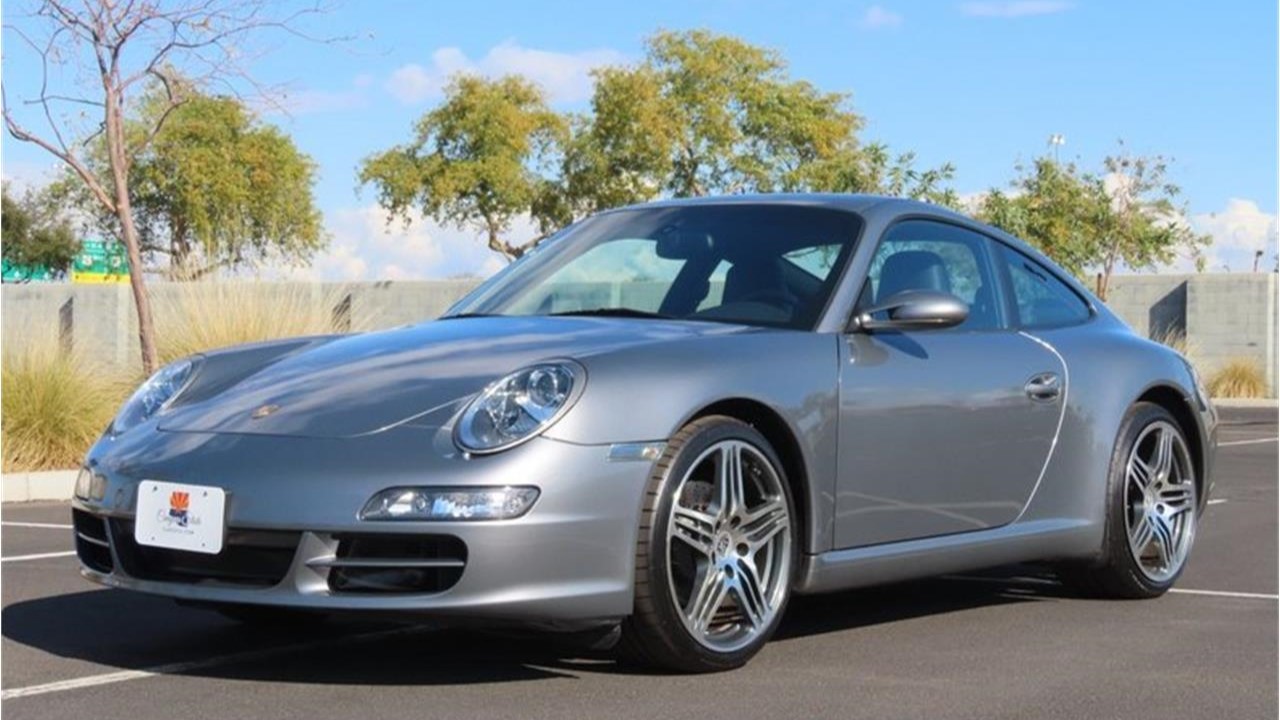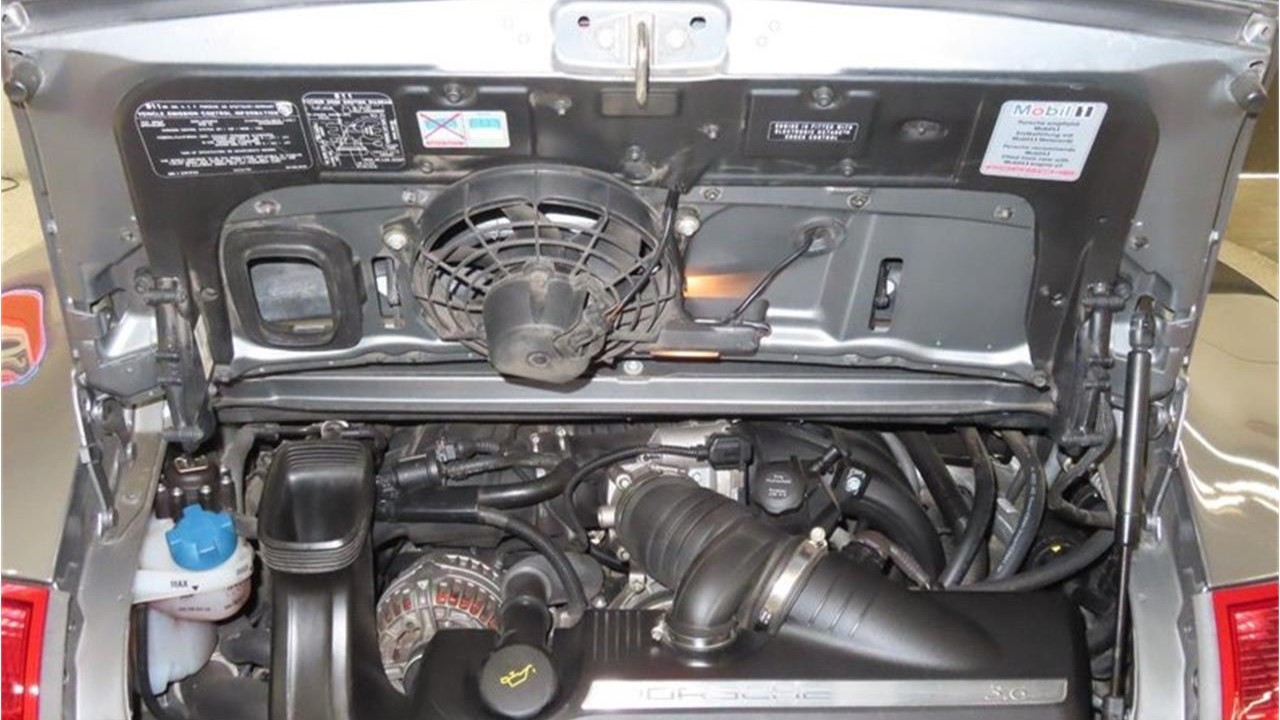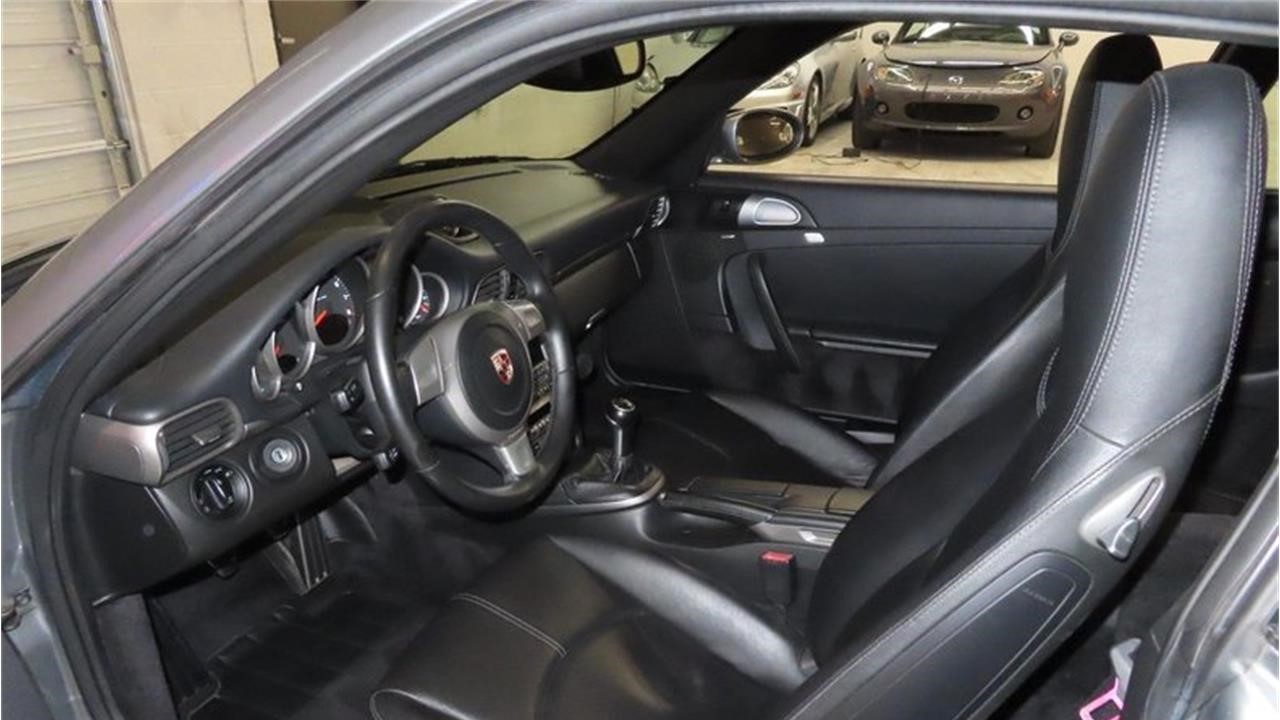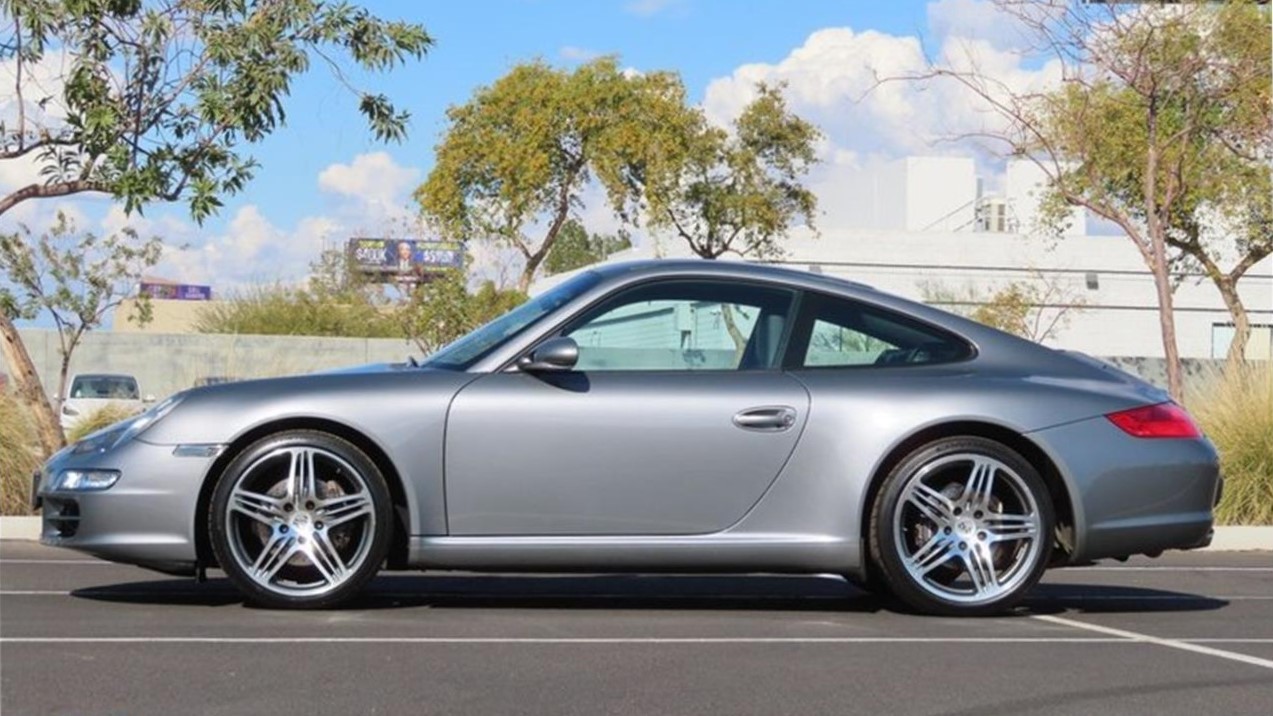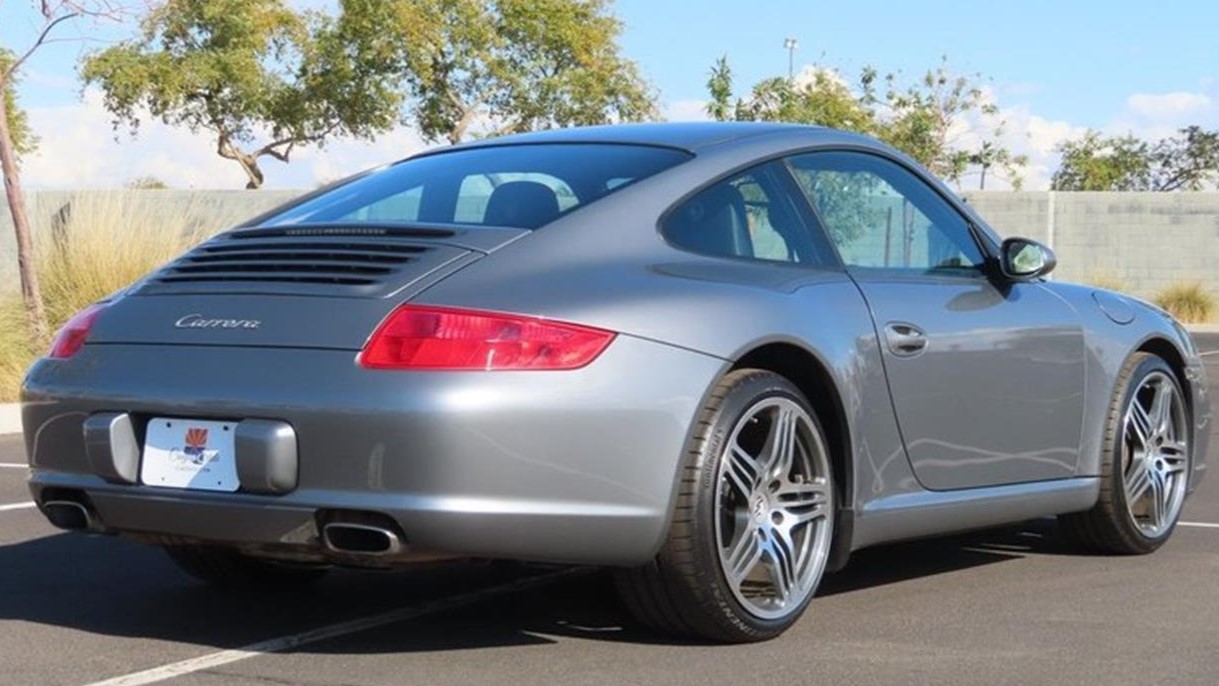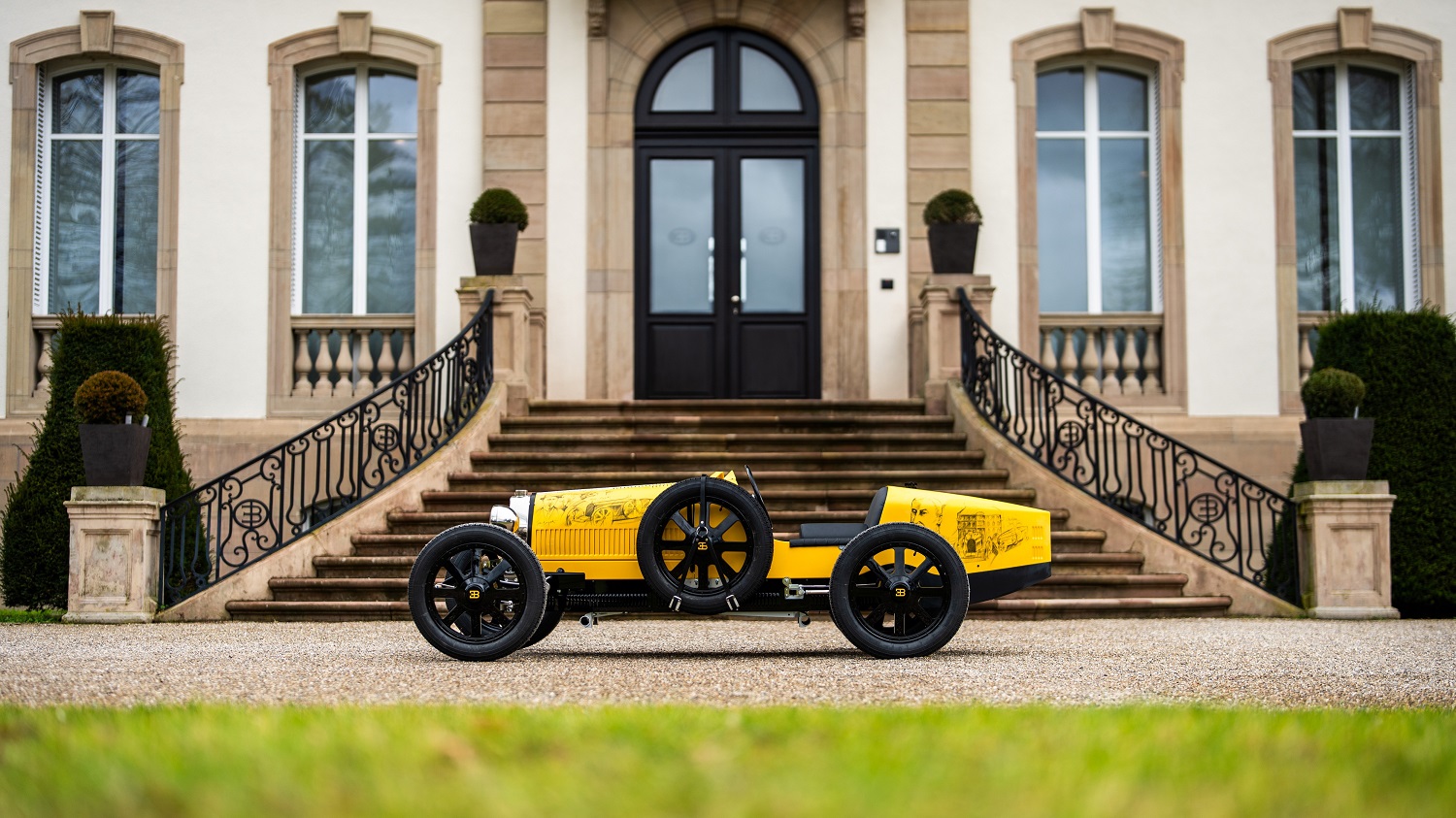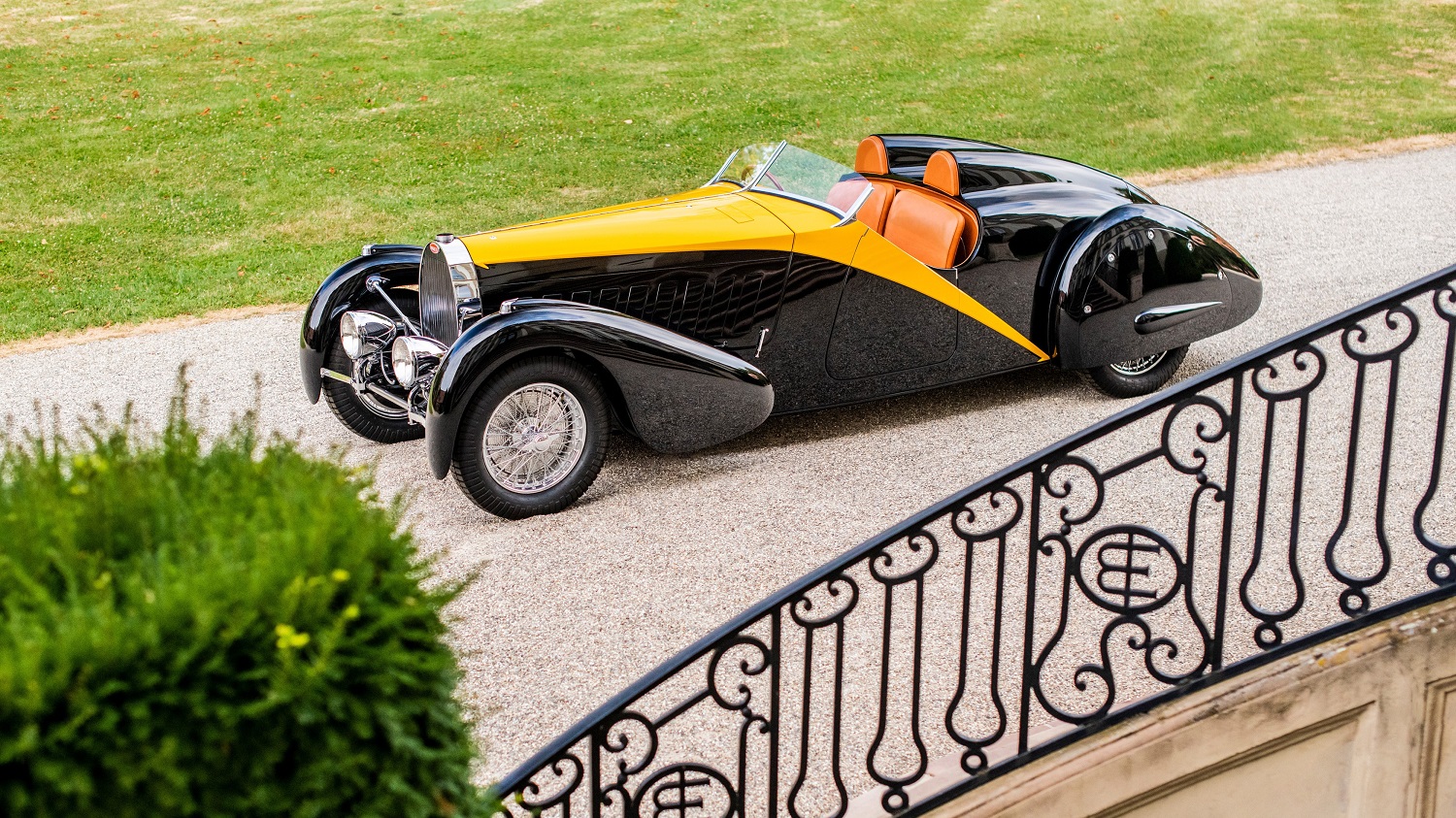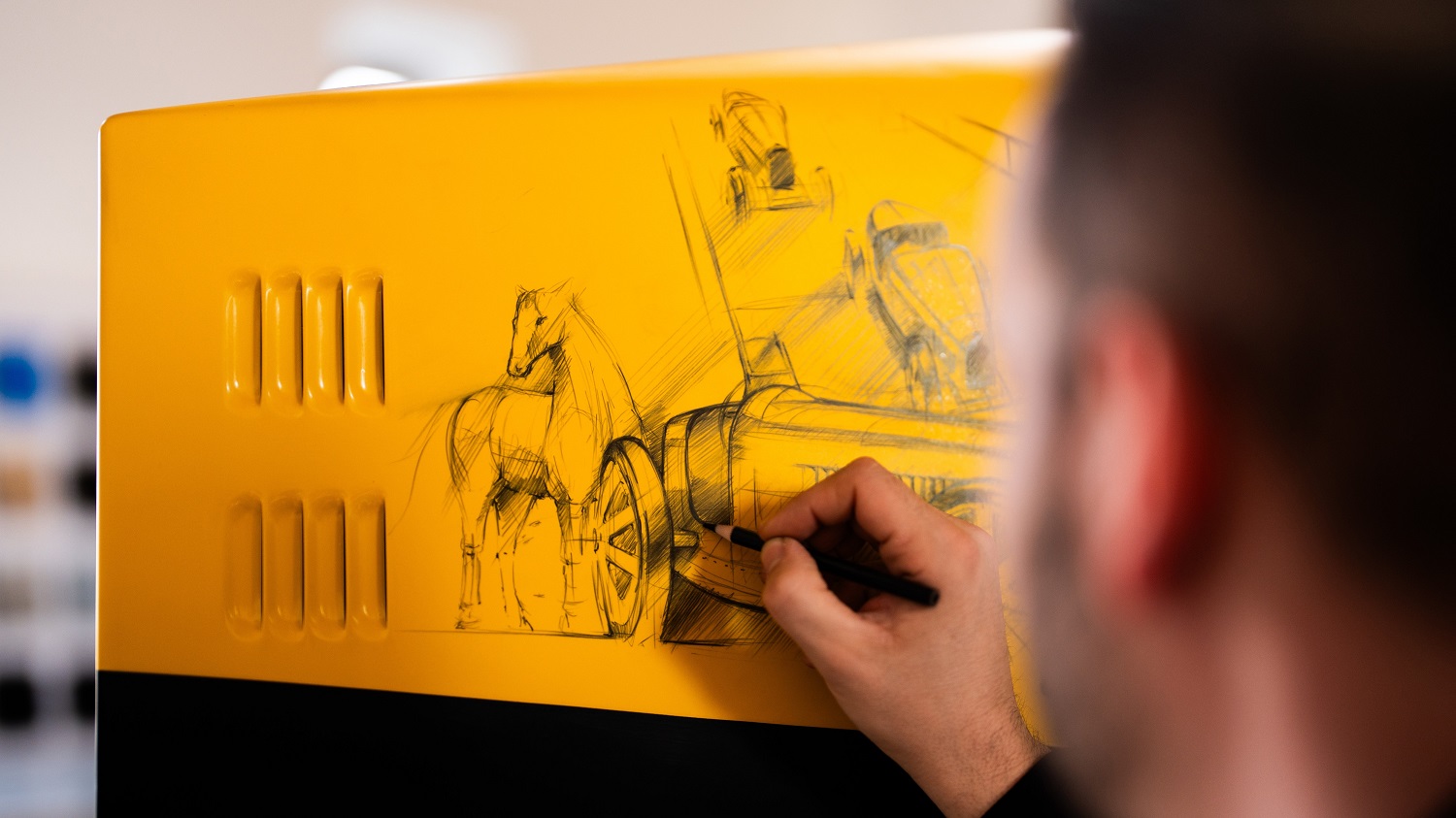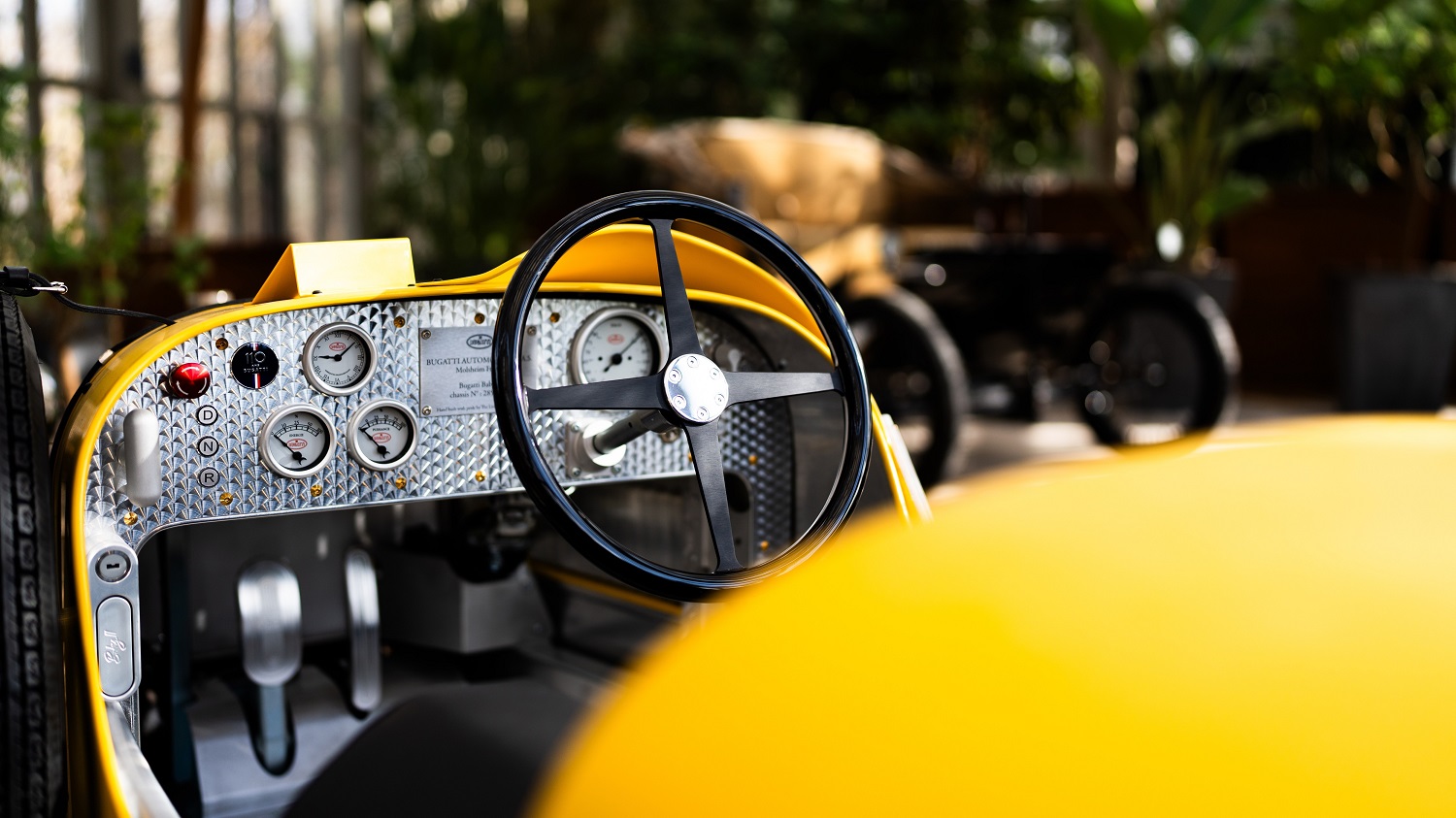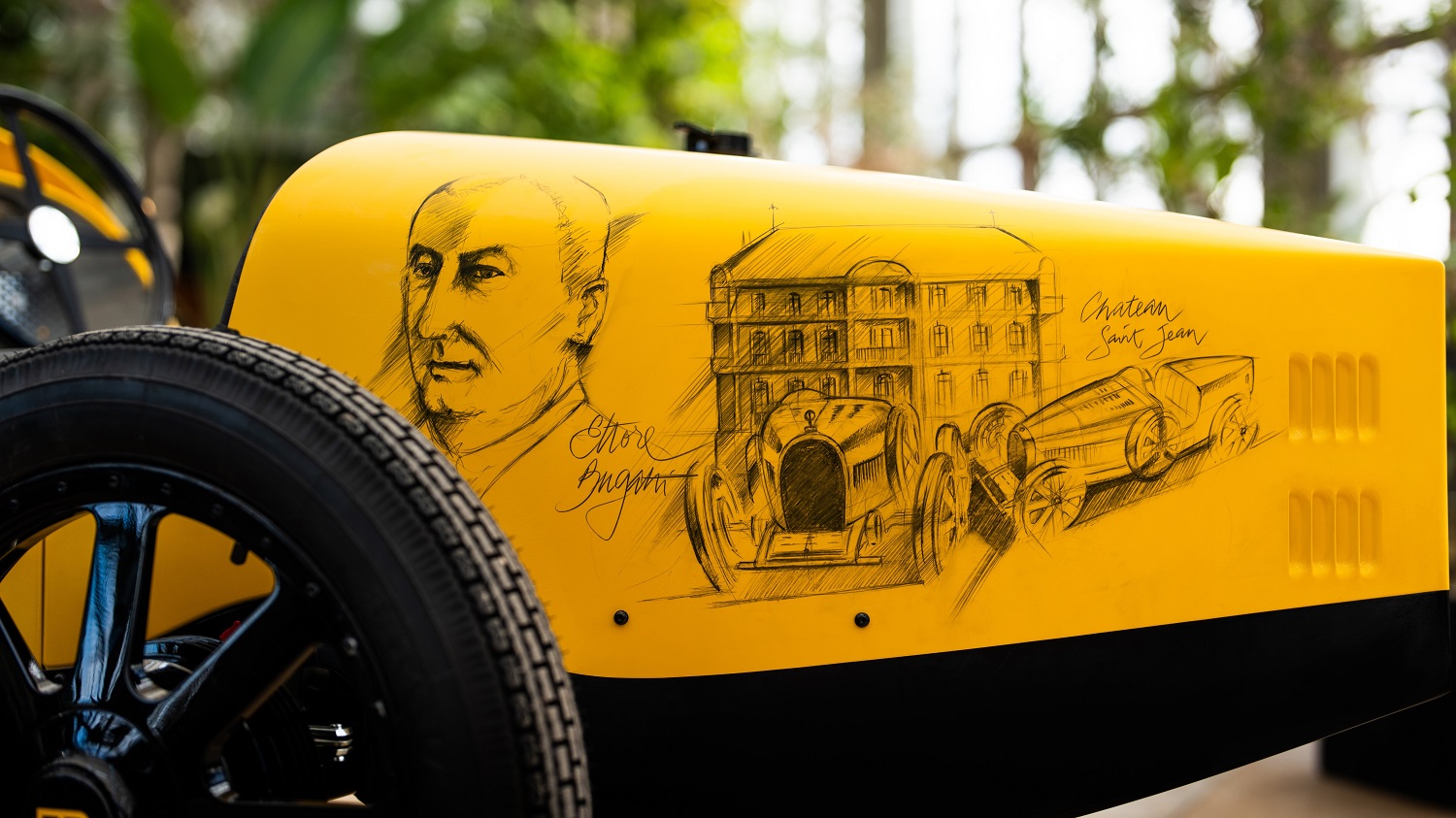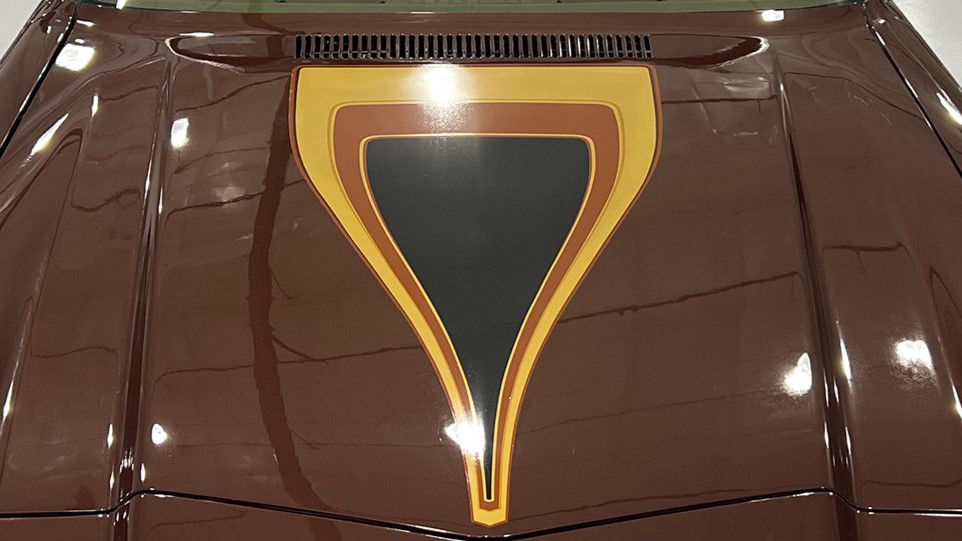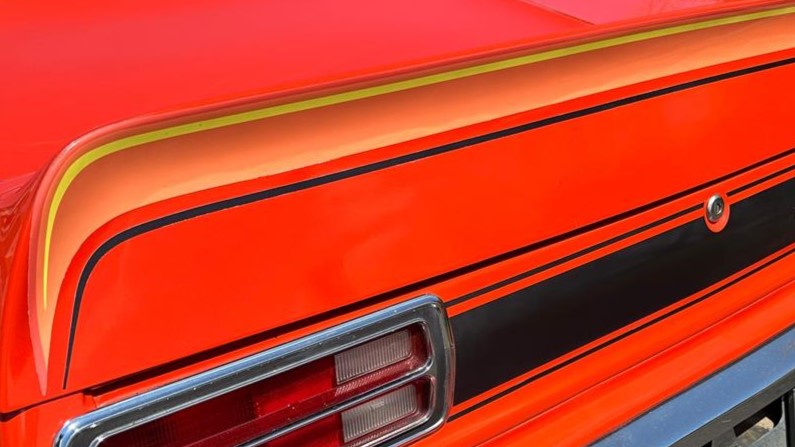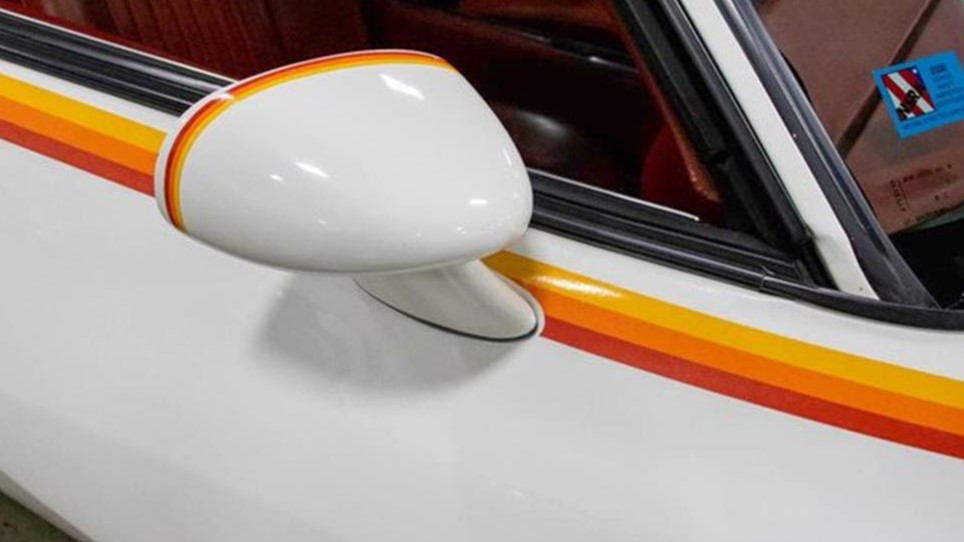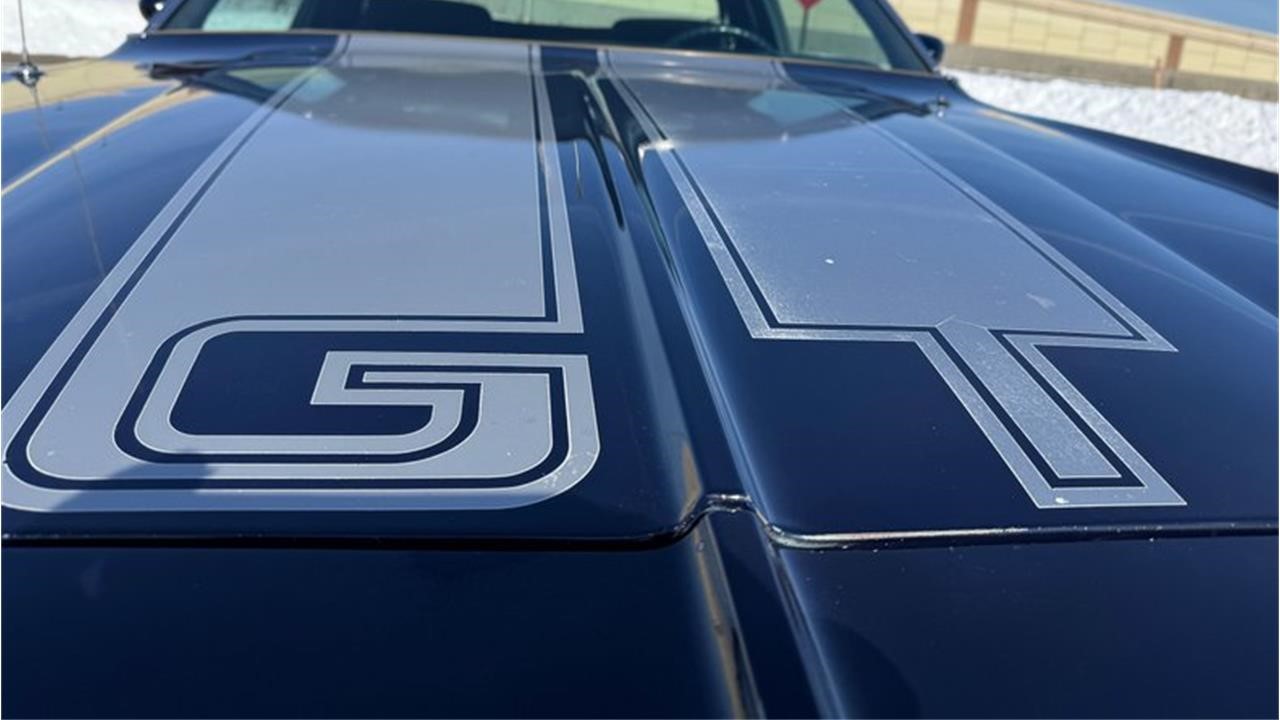When a certain model is discontinued, the total number of cars produced is capped and the amount out of that run that remain intact can only go down over time. It decreases due to factors such as mileage, accidents, theft, natural disasters, abuse, and general neglect. A certain portion of those total remaining cars also trends downward: the original, unmodified specimens. The longer a particular vehicle has been around and the more owners it has had, the higher the likelihood that it gets some aftermarket parts. When I used to write for a Lexus enthusiast website, I saw that a lot with Lexus SCs on the associated owner’s forum. There were dozens of threads devoted to SC 300 and 400 builds with upgraded engine, suspension, and brake hardware. You won’t see our Pick of the Day, a 1996 Lexus SC 300 posted by an Illinois dealership on ClassicCars.com, on those pages, though. It not only has survived the past 29 years, but it also made it through looking just as Lexus intended.
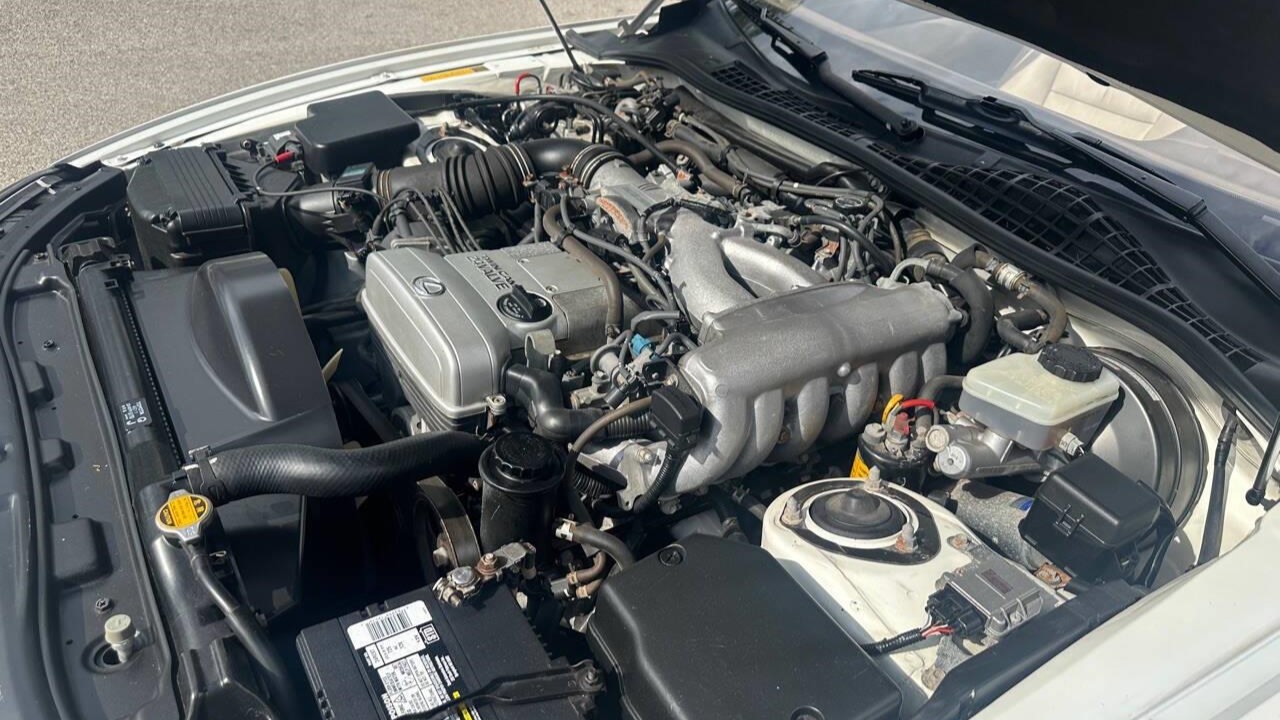
The SC was significant in the early days of Lexus. Only two years after the brand’s 1989 debut with the launch of the LS 400 and ES 250 sedans, Lexus diversified its portfolio by introducing the 1992 SC 300 and SC 400 sport coupes. As its name implies, the SC 300 was powered by a 3.0-liter engine—the 2JZ-GE DOHC straight-six that Toyota also used in the naturally aspirated Mk4 Supra. Output was 225 horsepower and 210 lb-ft of torque, all processed by either a five-speed manual gearbox or a four-speed automatic, the latter being the transmission in the car you see here.
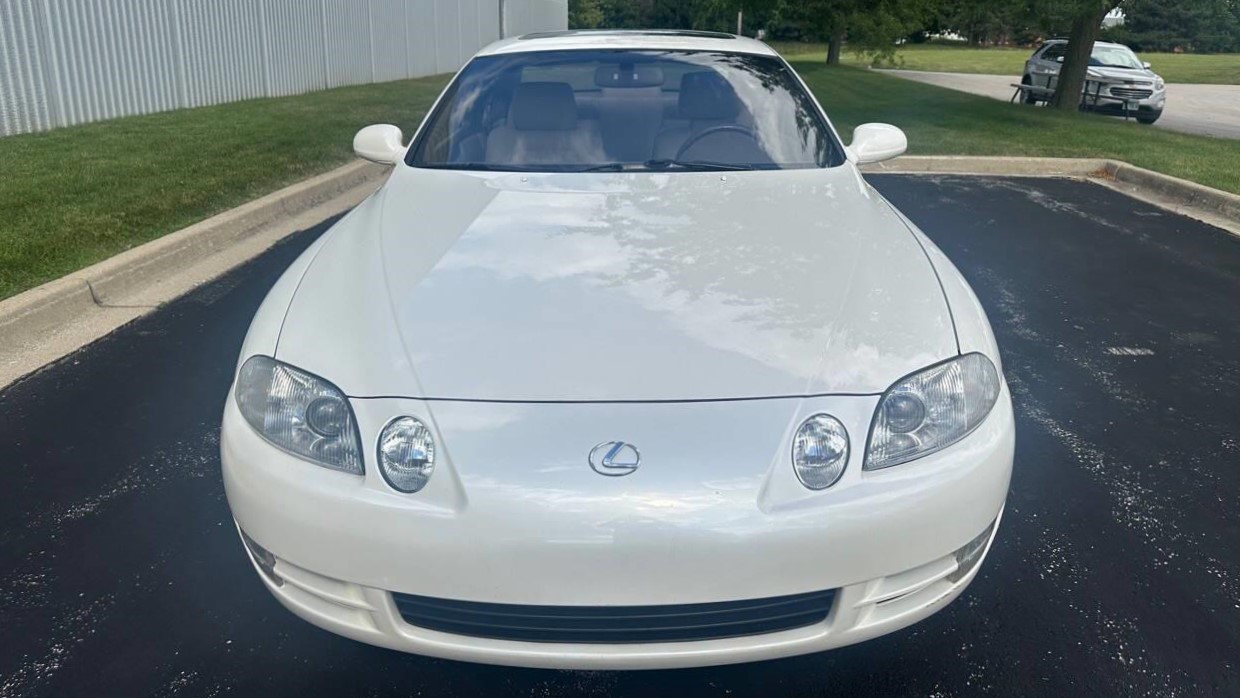
It may sound like a cheesy sales line, but you really don’t see many cars like this Lexus. According to the selling dealer, it’s a one-owner car. That may explain why it’s accumulated only 69,772 miles over the past three decades. That kind of mileage lines up with the dealer’s description: “The paint is in great shape and condition. No dings are visible on this vehicle.”
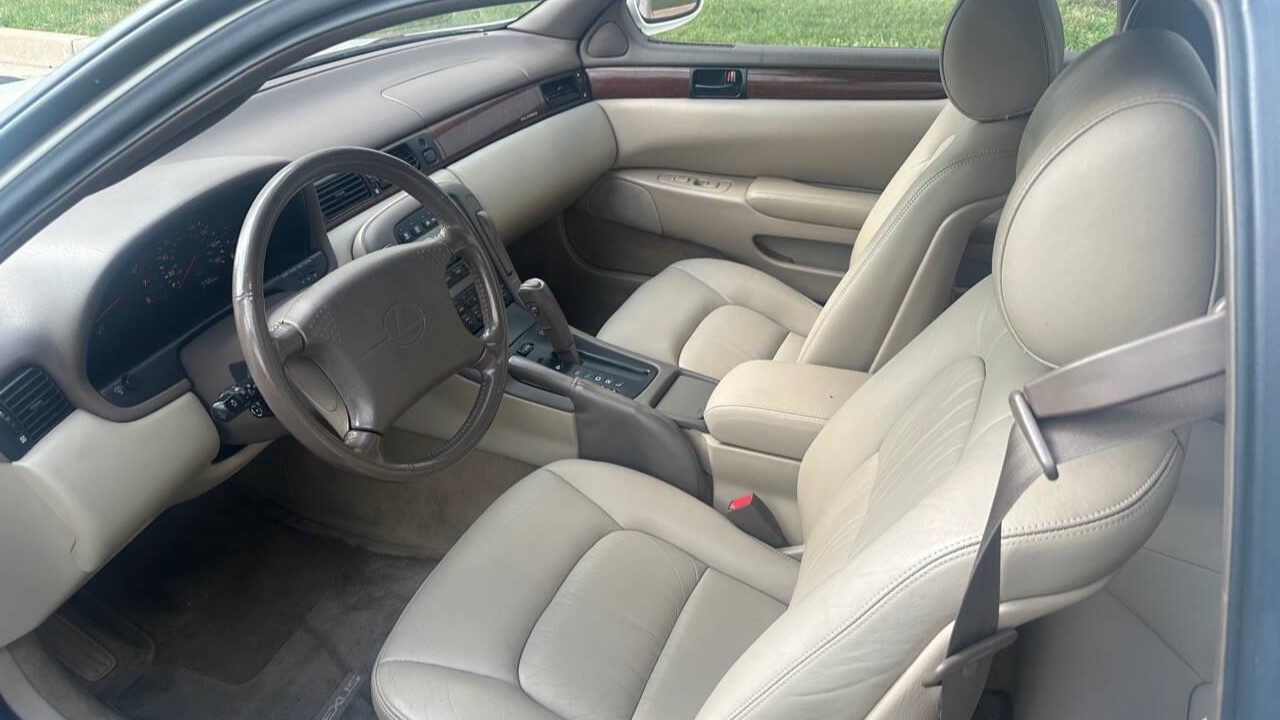
What is visible is the condition of the tan leather interior, which appears to have been nicely preserved. It is accented with woodgrain trim and filled with comfort and convenience features such as heated, power-adjustable front seats, two-person memory for the driver’s seat, power mirrors, power windows and locks, power-adjustable steering column, cruise control, automatic climate control, AM/FM/CD/cassette stereo with a trunk-mounted 12-disc CD changer, and sunroof.
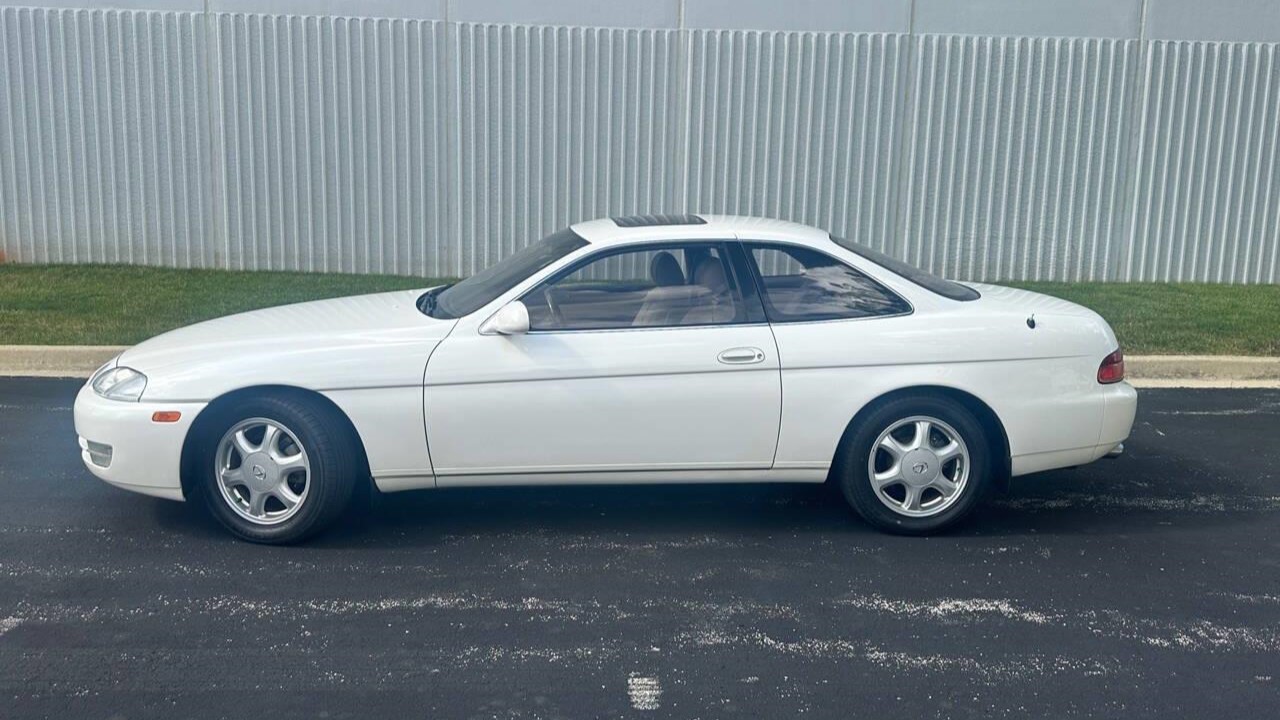
So far, this Lexus has escaped the brutality of time and circumstance, and the questionable choices of misguided owners. If you want to keep this piece of Lexus history as it is (and always has been), you can do that by paying the $13,998 asking price.
Click here to view this Pick of the Day on ClassicCars.com
